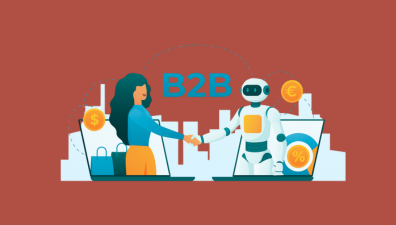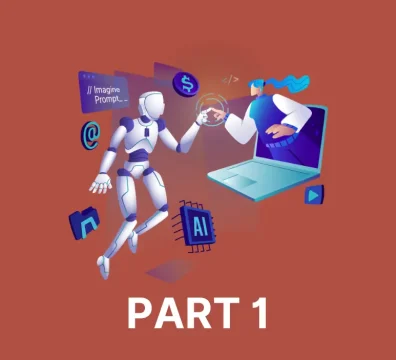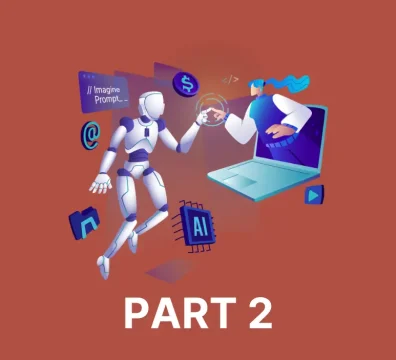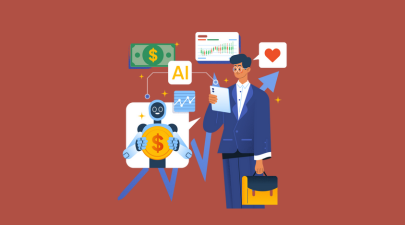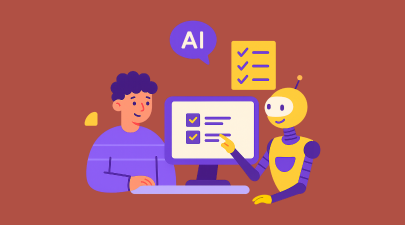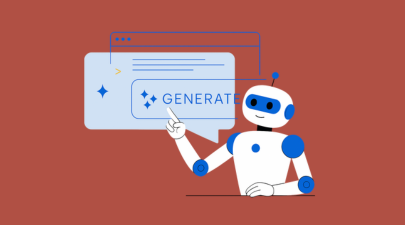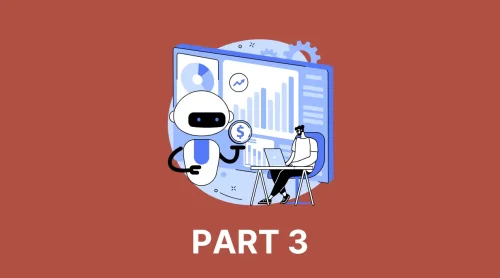This opening part lays the groundwork for understanding how AI for B2C reshapes consumer interactions from the inside out. It explores the core concepts of AI, machine learning, and deep learning in B2C contexts, showing how data-driven decisions and ethical governance form the backbone of intelligent customer experiences. From privacy and bias concerns to global adoption trends, businesses gain a panoramic view of how AI transforms retail, banking, travel, healthcare, and entertainment alike.
Beyond theory, this section connects foundational knowledge to its real-world impact—demonstrating how AI influences every stage of the B2C journey, from pre-sales personalization to predictive post-sales retention. These applications show that AI isn’t just about automation but about enhancing empathy and precision at scale. Supporting these applications is a powerful technological backbone: Natural Language Processing for communication and reputation management, Computer Vision for visual commerce and fraud detection, and Predictive & Prescriptive Analytics for forecasting demand and optimizing operations. The upcoming Part 2: Real Examples of AI in B2C will reveal how global leaders like Amazon, Starbucks, and Netflix turn these ideas into measurable business success, while Part 3: Generative AI and Future Outlook for B2C will show how emerging technologies and frameworks sustain this transformation over time.
Table of Contents
Foundations of AI in B2C
Artificial intelligence is no longer an experimental tool reserved for large enterprises; it has become a foundational element in consumer-facing industries. Understanding the foundations of AI for B2C is essential because it frames how businesses apply advanced algorithms and data-driven strategies to deliver value across the entire customer lifecycle. The foundations combine technical concepts, practical applications, and market realities that determine how AI for B2C is shaping global industries today. By exploring the core concepts and the current market landscape, businesses can better appreciate the scale of transformation and identify opportunities for innovation.
Core Concepts
At the heart of AI for B2C is the interplay between different layers of artificial intelligence—AI, machine learning, and deep learning—each contributing distinct capabilities to consumer-facing businesses. These technologies enable organizations to process vast amounts of customer data, extract insights, and deliver personalized, real-time experiences. But with innovation also comes responsibility: the ethical framework of AI for B2C ensures that applications remain fair, transparent, and trustworthy.
AI vs. Machine Learning vs. Deep Learning in B2C Contexts
Artificial intelligence is the overarching discipline that focuses on creating systems capable of performing tasks that typically require human intelligence, such as understanding natural language, recognizing patterns, and making decisions. In the B2C environment, AI powers recommendation engines on eCommerce sites, voice assistants in smartphones, and automated customer support.

Machine learning is a subset of AI that uses algorithms to learn from data and improve performance over time. For example, in AI for B2C, machine learning models can analyze a shopper’s browsing behavior and adjust product suggestions dynamically. Machine learning thrives on structured and semi-structured consumer data, helping companies refine their personalization strategies.
Deep learning, as an evolution of machine learning, involves neural networks with multiple layers that can process unstructured data such as images, audio, and video. This is particularly powerful in AI for B2C scenarios like fashion retail, where computer vision identifies clothing items in user-uploaded photos, or in entertainment, where deep learning predicts which videos or songs users are most likely to enjoy. Together, AI, machine learning, and deep learning create a hierarchy of technologies that empower businesses to move from basic automation to sophisticated, predictive engagement.
Data-Driven Decision-Making for Consumer Experiences
The strength of AI for B2C lies in its reliance on data. Consumer behavior generates massive datasets—transactions, clicks, search queries, social media interactions, and geolocation footprints. AI for B2C turns this raw data into actionable insights that inform product development, pricing strategies, marketing campaigns, and customer service enhancements. For instance, predictive models can forecast demand for specific products during holiday seasons, while prescriptive analytics can recommend tailored promotions to maximize conversions.

Data-driven decision-making also reduces guesswork. Instead of relying solely on intuition, businesses applying AI for B2C can measure the impact of every consumer touchpoint and refine strategies in real time. This creates a cycle of continuous improvement where personalization becomes more accurate, operations more efficient, and customer satisfaction significantly higher.
Ethical Considerations: Privacy, Bias, Transparency
While AI for B2C opens new opportunities, it also raises critical ethical questions. Consumer data privacy is one of the most pressing concerns, as companies must comply with regulations like GDPR in Europe or CCPA in California. Mishandling personal data can lead to reputational damage and legal penalties.
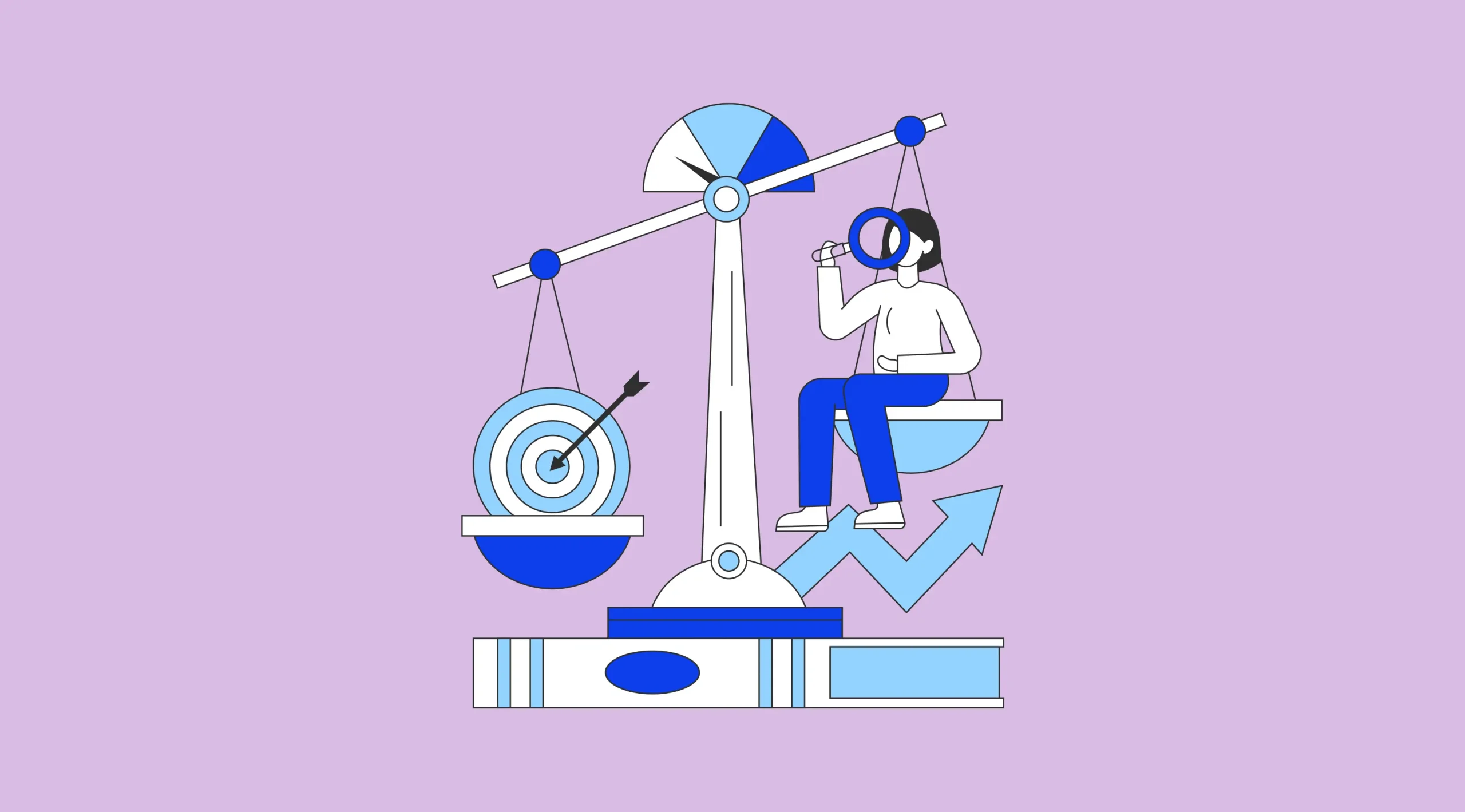
Bias in AI models is another challenge. If training data contains biases, AI for B2C may reinforce stereotypes or exclude certain demographics from receiving fair treatment. For example, biased algorithms could disproportionately recommend high-interest loans to vulnerable groups or prioritize specific products unfairly. Transparency is equally important—consumers increasingly demand to know how their data is used and how AI-driven decisions are made. For AI for B2C to succeed long term, companies must embrace ethical frameworks that balance innovation with consumer trust.
Market Landscape
The rapid adoption of AI for B2C across industries demonstrates both the scalability of the technology and the urgent need for businesses to stay competitive in consumer-driven markets. From online shopping to financial services, from healthcare consultations to entertainment streaming, AI for B2C is a global phenomenon reshaping industries at an unprecedented pace.
Global Adoption Trends of AI in B2C
Across the world, companies are integrating AI for B2C to streamline operations, personalize consumer experiences, and improve profitability. In North America, adoption is led by technology giants and retail leaders like Amazon, Walmart, and Netflix.

In Asia, markets such as China, South Korea, and Singapore are pioneering AI for B2C through super-app ecosystems like WeChat and AI-enhanced eCommerce platforms like Alibaba. Europe, meanwhile, emphasizes ethical AI adoption, ensuring that consumer-facing AI complies with strict data regulations. Globally, AI for B2C is no longer an option—it is a necessity for survival and growth.
Industry Breakdown: Retail, Banking, Travel, Healthcare, Entertainment
- Retail and eCommerce: AI for B2C powers recommendation engines, demand forecasting, and virtual try-ons, driving personalized shopping experiences that boost conversions.
- Banking and Finance: AI for B2C enables fraud detection, robo-advisors, and personalized banking apps that help consumers make smarter financial decisions.
- Travel and Hospitality: From chatbots that answer booking questions to predictive systems that optimize pricing, AI for B2C enhances both convenience and customer loyalty.
- Healthcare: Virtual assistants powered by AI for B2C help patients schedule appointments, track wellness goals, and access personalized health recommendations.
- Entertainment and Media: Streaming platforms use AI for B2C to recommend content, curate playlists, and enhance engagement, making experiences more immersive and sticky.
Each of these industries illustrates the breadth of AI for B2C and how it can be tailored to distinct consumer needs, while still relying on the same foundational technologies of personalization, prediction, and automation.
Investment Outlook and Market Size Projections
The economic potential of AI for B2C is vast. Market research firms estimate that global spending on AI technologies for consumer-facing industries will surpass hundreds of billions of dollars within the next decade. Retail and eCommerce alone are projected to account for a significant share of this growth, as businesses compete to create the most personalized and seamless customer journeys.

Investment in AI for B2C is not just about technology acquisition—it includes hiring data scientists, building data infrastructure, and creating new roles for AI governance. Venture capital activity is also surging, with startups offering AI-driven customer engagement platforms attracting significant funding. The market size projections underscore a simple truth: businesses that fail to invest in AI for B2C risk falling behind competitors that embrace it as a core strategic asset.
The foundations of AI for B2C combine a clear understanding of core technologies, a recognition of data’s central role, and a commitment to ethical practices. Alongside these fundamentals, the market landscape demonstrates how AI for B2C is not limited to one sector but is a global movement spanning retail, banking, healthcare, travel, and entertainment. By mastering these foundations, businesses can prepare themselves to unlock the full potential of AI for B2C and deliver experiences that redefine the relationship between brands and consumers.
Applications of AI Across the B2C Customer Journey
Artificial intelligence is reshaping every stage of the customer journey, from the first interaction with a brand to long-term loyalty. The power of AI for B2C lies in its ability to analyze consumer behavior, predict intent, and deliver hyper-personalized experiences in real time. Unlike traditional marketing approaches that relied on broad segmentation, AI for B2C allows businesses to understand each consumer individually, offering tailored touchpoints across pre-sales, conversion, and retention stages. This seamless application of AI ensures that customer engagement is not only efficient but also emotionally resonant.
Pre-Sales & Discovery
The pre-sales and discovery phase is where consumers first come into contact with a brand. This stage determines whether a customer feels understood, valued, and motivated to continue their journey. In traditional models, businesses relied on broad demographic segmentation or mass marketing to reach potential buyers.

Today, AI for B2C enables brands to interact with prospects in ways that are hyper-personalized, contextually relevant, and predictive. By applying advanced algorithms to consumer data, AI for B2C supports personalized marketing, conversational engagement, and predictive analytics that together transform the discovery experience.
AI in Personalized Marketing and Content Recommendation
AI for B2C has redefined personalized marketing by moving beyond static email lists or one-size-fits-all campaigns. It leverages machine learning, natural language processing, and recommendation engines to deliver content uniquely tailored to each consumer’s interests, preferences, and behaviors.

For example, an eCommerce fashion retailer can use AI for B2C to analyze a shopper’s browsing history, cart activity, and even social media interactions. Based on this data, the system recommends clothing collections that fit not only the customer’s style but also the season, current trends, and price sensitivity. Unlike traditional personalization, which often relied on simple filters such as gender or age, AI for B2C provides a holistic understanding of each consumer and predicts what content or products will resonate.
Content recommendation also extends beyond retail. Streaming platforms, digital publishers, and even financial institutions use AI for B2C to deliver articles, videos, playlists, or product guides that match users’ consumption patterns. The ability to predict content preferences creates stronger engagement, longer browsing times, and deeper brand loyalty. When consumers feel that a brand “knows” them, the pre-sales process transforms from cold outreach into an experience of discovery and delight.
Conversational AI for Lead Generation
Another cornerstone of pre-sales is conversational AI, which powers chatbots, virtual assistants, and interactive messaging systems. AI for B2C enables these tools to provide immediate responses, nurture leads, and build trust at scale.
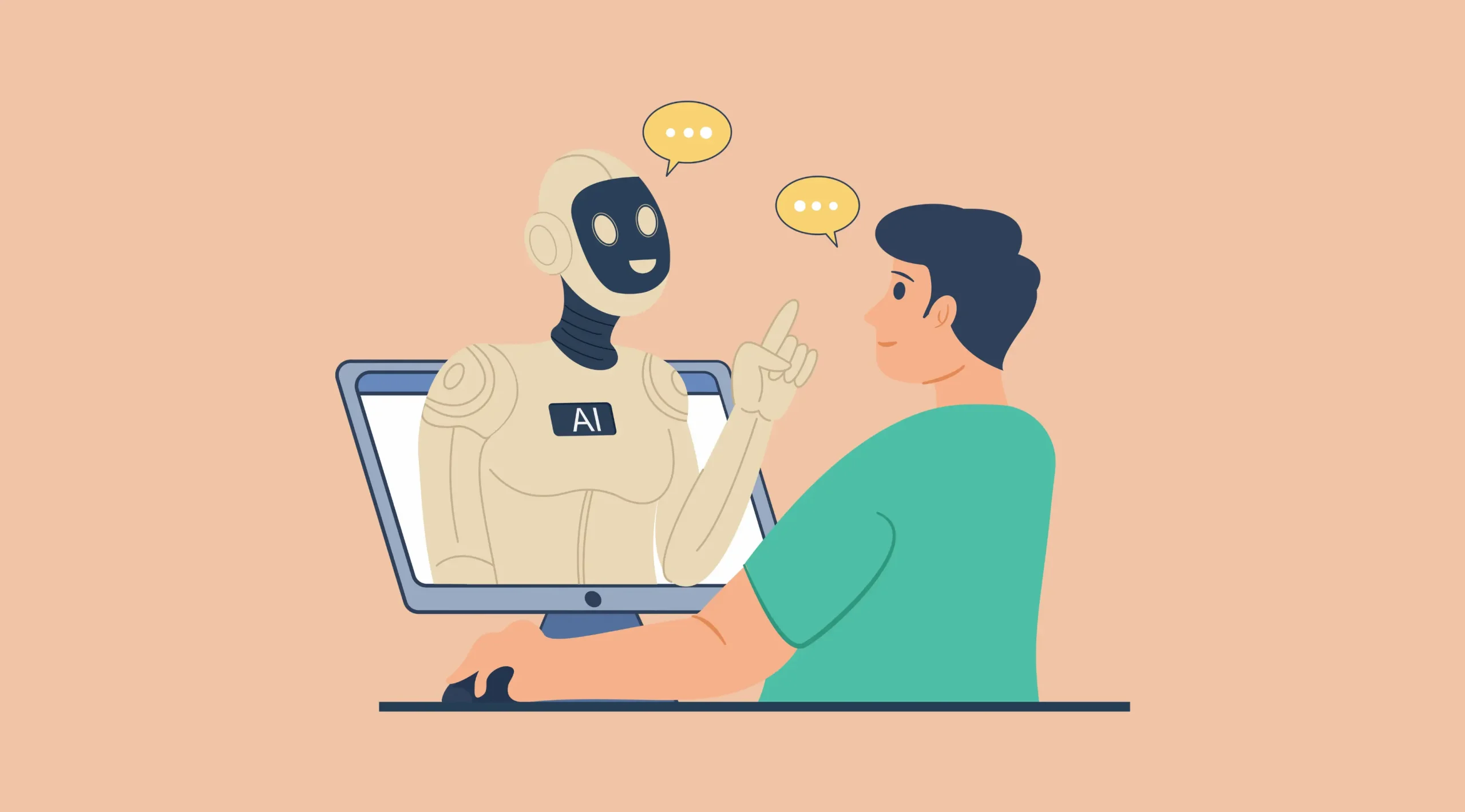
Unlike static FAQ pages, conversational AI systems engage prospects in dynamic dialogues, gathering information about their needs and preferences. For instance, a travel agency applying AI for B2C can deploy a chatbot that asks about budget, travel dates, and interests, then instantly suggests vacation packages. The system not only guides the consumer but also qualifies the lead for the sales team.
Conversational AI is especially powerful because it eliminates friction. Customers no longer need to wait for business hours or sift through complex websites. With AI for B2C, every question can be answered instantly, from checking product availability to understanding features. Moreover, conversational systems integrate with CRM platforms, ensuring that leads are nurtured effectively and transferred seamlessly to human agents when necessary. This blending of automation and human touch creates an efficient and engaging pre-sales environment.
Predictive Analytics for Customer Intent
Predictive analytics is where AI for B2C demonstrates its ability to anticipate consumer behavior. By analyzing historical data—such as browsing activity, clicks, purchase history, and even dwell time on a page—AI systems can forecast whether a prospect is likely to convert, what products they are most interested in, and what incentives will be most effective.
Retailers often use predictive analytics in AI for B2C to identify shoppers at risk of abandoning their carts. When the system detects abandonment signals, it can automatically trigger personalized messages, discounts, or reminders to encourage completion. In financial services, predictive models powered by AI for B2C can forecast which users are likely to seek credit products or investment services, enabling banks to reach them with tailored offers before competitors do.
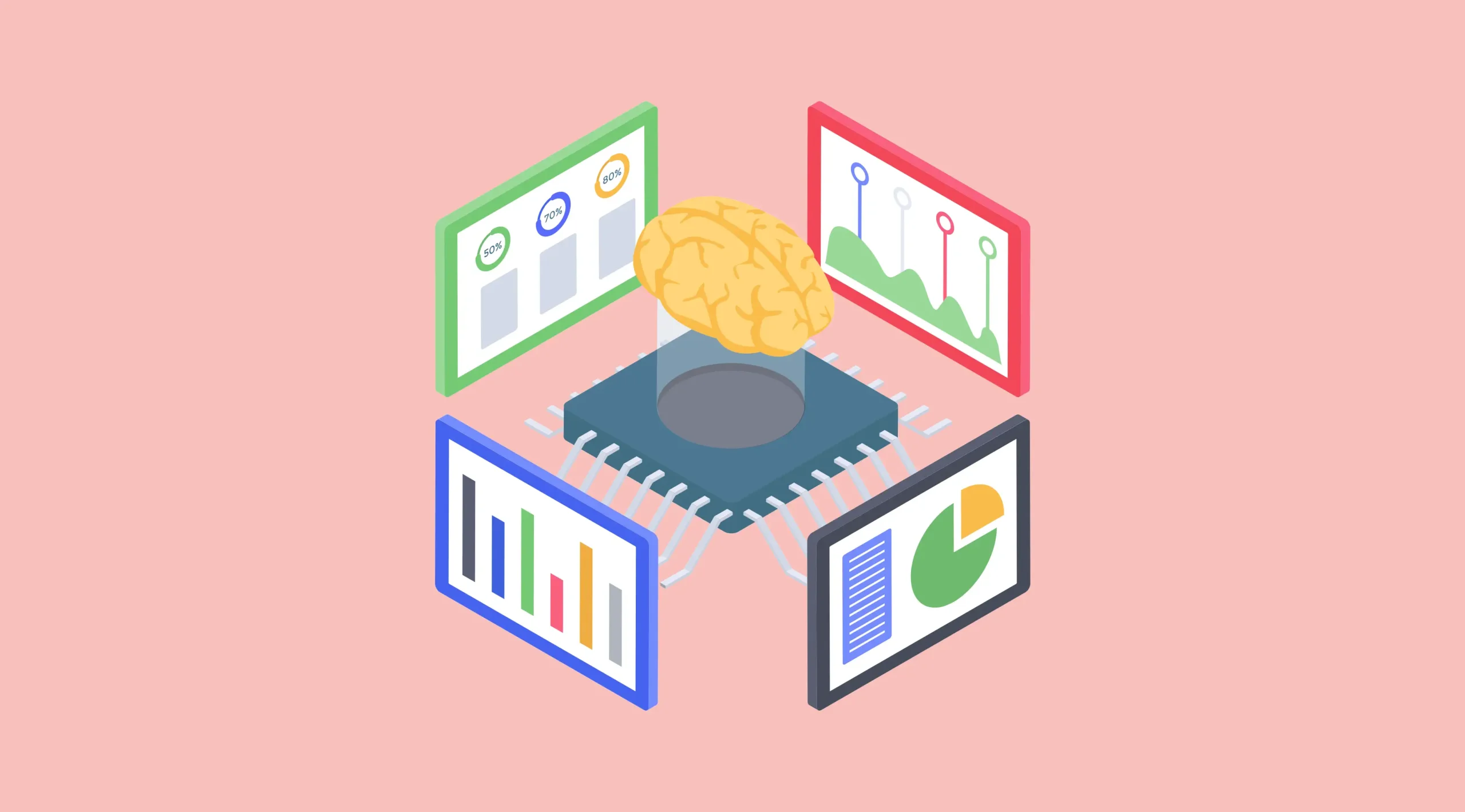
What makes predictive analytics transformative is its ability to shift businesses from reactive to proactive engagement. Instead of waiting for customers to declare their intent, AI for B2C enables brands to act in advance—offering the right product, at the right time, through the right channel. This anticipatory capability enhances both customer satisfaction and conversion rates, setting a new standard for pre-sales strategy.
The pre-sales and discovery phase is critical for shaping consumer perceptions and guiding them toward conversion. Through personalized marketing and content recommendation, conversational AI for lead generation, and predictive analytics for customer intent, AI for B2C empowers businesses to deliver experiences that are relevant, timely, and effective. More importantly, it establishes trust and creates meaningful connections from the very first interaction. In a highly competitive marketplace, mastering AI for B2C in the pre-sales stage is no longer optional—it is the foundation for long-term success.
Sales & Conversion
The sales and conversion stage is where intent becomes action. In this phase, businesses strive to reduce friction, optimize pricing, and provide compelling experiences that encourage consumers to purchase. Traditionally, sales strategies relied on static discounts, broad campaigns, and limited personalization.
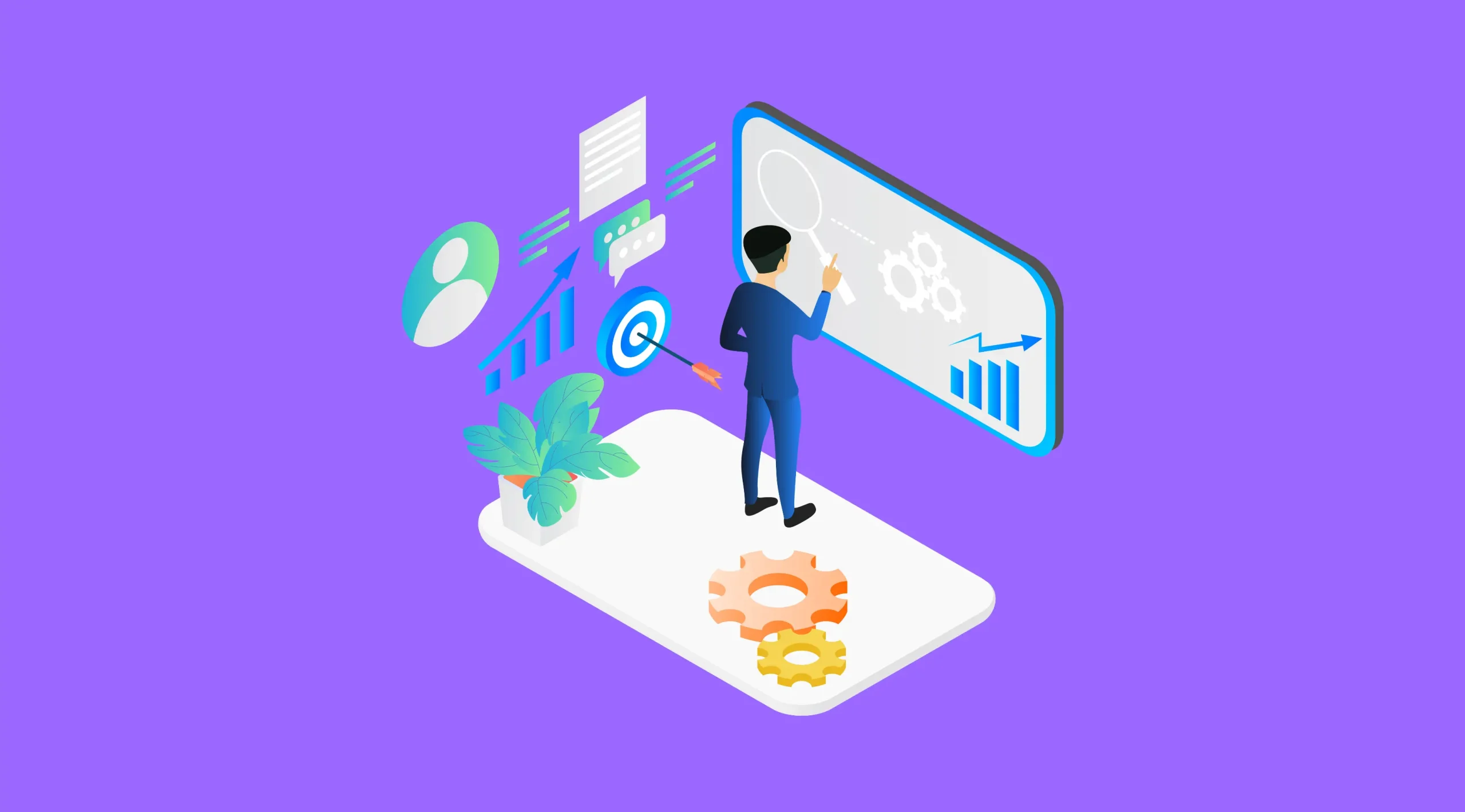
With the rise of AI for B2C, however, brands can dynamically adapt to individual customer behavior in real time. From intelligent pricing adjustments to predictive product recommendations and immersive shopping experiences, AI for B2C ensures that every step of the conversion journey feels relevant and persuasive.
Dynamic Pricing Strategies with AI
Dynamic pricing is one of the most powerful applications of AI for B2C. It enables businesses to adjust product or service prices in real time based on demand, customer segments, competitor activity, and inventory levels. Instead of static pricing models, AI for B2C uses machine learning algorithms to analyze thousands of data points, ensuring that each price point maximizes both revenue and consumer satisfaction.

Airlines and hospitality brands pioneered dynamic pricing, but AI for B2C has expanded its reach into retail, eCommerce, ride-hailing, and entertainment. For example, an online electronics retailer can adjust the price of a smartphone based on supply, competitor discounts, and customer demand trends. By doing so, the retailer avoids underpricing during peak demand and overpricing when inventory is high.
The advantage of AI for B2C in dynamic pricing is its ability to maintain balance: it boosts profitability without alienating consumers. Predictive models ensure that price changes feel natural rather than manipulative. Additionally, personalization can be layered on top—AI for B2C can offer loyal customers exclusive discounts or bundle deals, creating incentives that directly enhance conversion rates.
AI-Driven Product Recommendations in eCommerce
Product recommendations are a cornerstone of sales optimization, and AI for B2C has transformed them into highly intelligent systems. Traditional recommendation engines relied on simple “customers also bought” logic. Today, AI for B2C employs advanced machine learning and collaborative filtering to deliver suggestions that are context-aware and deeply personalized.
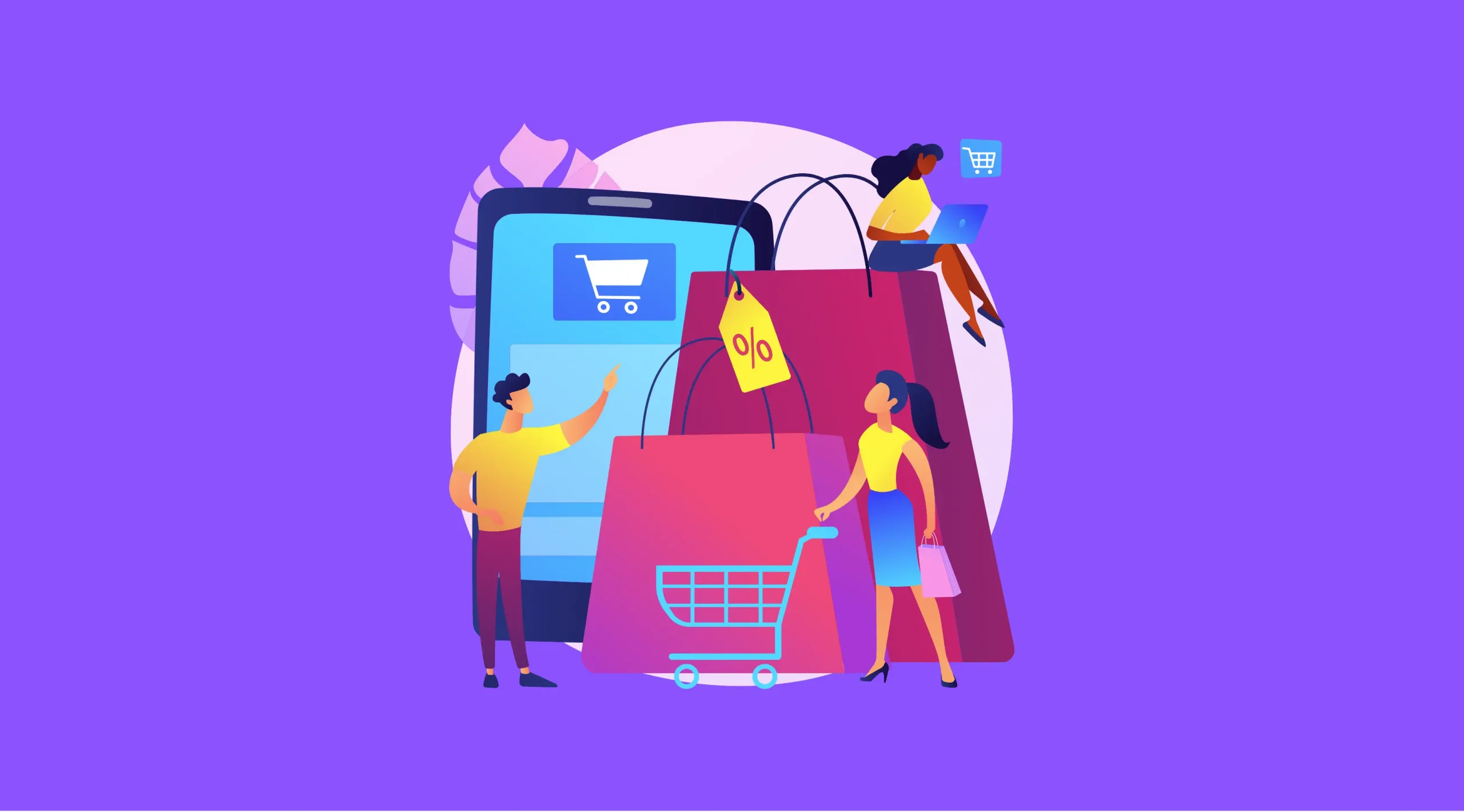
For example, a consumer browsing for running shoes on an eCommerce site may receive recommendations for complementary items such as sports apparel, fitness trackers, or hydration gear. But AI for B2C goes further by analyzing factors like seasonality, previous browsing history, and even local events (e.g., a city marathon) to refine suggestions. This contextual intelligence increases the likelihood of cross-sells and upsells, while making consumers feel understood.
Streaming platforms, online bookstores, and grocery delivery apps also use AI for B2C recommendation engines to curate personalized lists. In many cases, recommendations drive a substantial percentage of total sales, illustrating how crucial AI for B2C is to modern conversion strategies. Beyond revenue, intelligent recommendations also shorten the path to purchase by reducing the effort consumers must expend to find relevant products.
Virtual Try-Ons and AR/VR Experiences Powered by AI
Perhaps the most exciting frontier of AI for B2C in sales is the rise of immersive technologies such as augmented reality (AR) and virtual reality (VR). Combined with AI, these tools allow consumers to visualize products in highly interactive ways before committing to purchase.
Virtual try-ons powered by AI for B2C are already common in the fashion and beauty industries. A shopper can use their smartphone camera to see how a pair of glasses, a lipstick shade, or a jacket will look on them. The AI system maps facial features or body dimensions in real time, ensuring a realistic representation. This not only reduces uncertainty but also decreases return rates, as consumers make more confident purchase decisions.

In home decor and furniture, AI for B2C enables AR apps that let users project items like sofas, tables, or wall colors directly into their living spaces. The ability to “see before you buy” significantly boosts conversion rates by removing hesitation. Beyond retail, car dealerships use AI-enhanced VR experiences to allow customers to configure and virtually test-drive vehicles.
The integration of AI with AR/VR goes beyond visualization. AI for B2C personalizes the experience by suggesting alternative products, color schemes, or accessories based on consumer preferences and behavioral data. This turns the sales process into an engaging journey where consumers actively co-create their ideal purchase.
The sales and conversion phase demonstrates the transformative power of AI for B2C in turning interest into transactions. Dynamic pricing ensures that offers are timely, competitive, and profitable. AI-driven product recommendations make discovery seamless and boost upselling opportunities. Virtual try-ons and immersive AR/VR shopping experiences reduce uncertainty and foster trust, creating a memorable path to purchase. Together, these applications illustrate how AI for B2C not only improves sales outcomes but also enhances the quality of the consumer journey, ensuring that conversion is not merely a transaction but a satisfying experience that builds long-term loyalty.
Post-Sales & Retention
The post-sales stage is just as important as pre-sales and conversion because it determines whether customers become repeat buyers and long-term advocates. In many consumer-facing industries, retaining an existing customer is more profitable than acquiring a new one, and this is where AI for B2C provides exceptional value. By combining automation, personalization, and predictive analytics, AI for B2C ensures that post-sales engagement is proactive, relevant, and designed to build loyalty. From AI-driven customer service to intelligent sentiment analysis and predictive churn modeling, businesses can transform the retention process into a source of competitive advantage.
AI for Customer Service Chatbots and Virtual Assistants
Customer support has traditionally been one of the most resource-intensive functions for B2C businesses. Long waiting times, inconsistent answers, and limited availability often created frustration. With AI for B2C, customer service has evolved into an always-available, highly responsive experience. Chatbots and virtual assistants powered by natural language processing can handle thousands of inquiries simultaneously, providing immediate solutions to common problems.
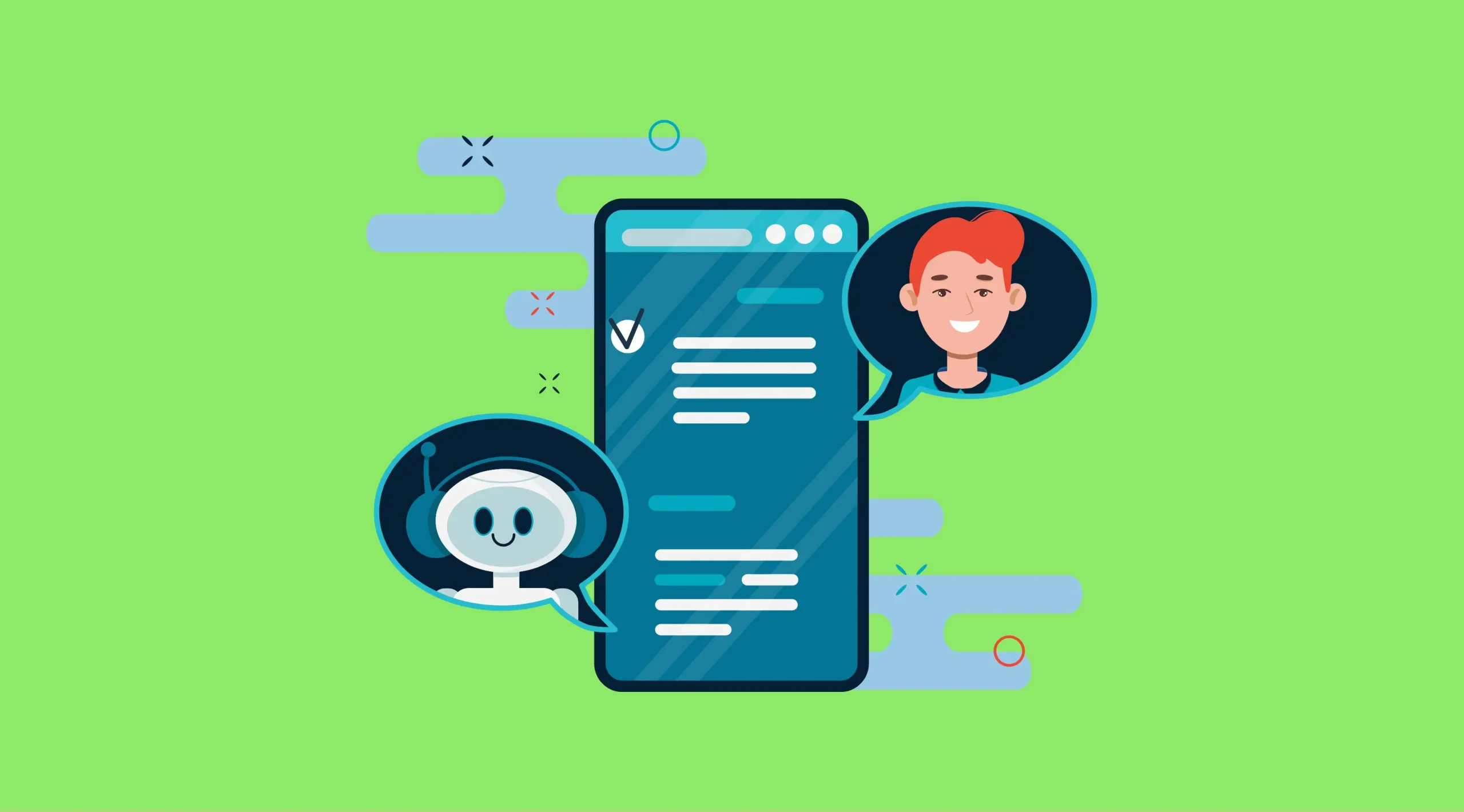
For example, a telecom company can deploy AI for B2C chatbots that resolve billing questions, reset passwords, or troubleshoot device issues without human intervention. Retailers can use virtual assistants to process returns, track deliveries, and provide product care instructions. These systems are available 24/7, ensuring that consumers never feel abandoned after making a purchase.
The real strength of AI for B2C in customer service lies in its integration with human agents. When complex issues arise, AI-powered systems can transfer conversations seamlessly, ensuring that support teams already have the context they need to provide efficient resolutions. This reduces operational costs, improves response times, and significantly enhances customer satisfaction.
Intelligent Feedback and Sentiment Analysis
Feedback collection has always been a challenge for consumer-facing businesses. Traditional surveys often suffer from low participation rates and limited insights. AI for B2C changes this dynamic by enabling companies to gather feedback passively and analyze consumer sentiment across multiple channels.
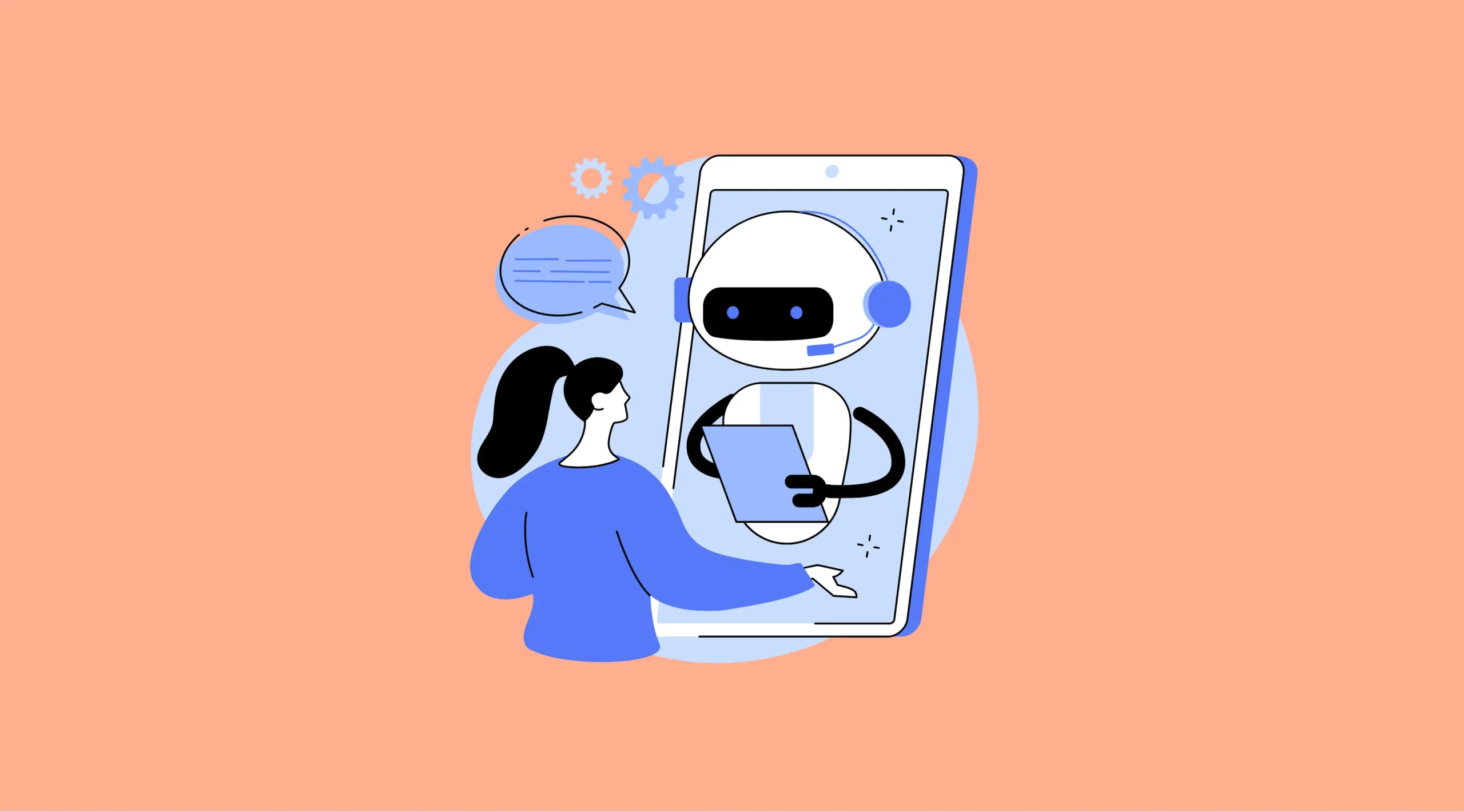
Through natural language processing and machine learning, AI for B2C systems can analyze product reviews, social media posts, customer emails, and even recorded voice interactions to detect sentiment, tone, and recurring themes. For example, a hotel chain can monitor thousands of online reviews and immediately identify recurring complaints about check-in times or praise for specific amenities.
Sentiment analysis allows businesses to understand not only what customers say but how they feel. This emotional layer of data is crucial for improving products, services, and customer interactions. Moreover, AI for B2C systems can automatically categorize feedback, prioritize urgent issues, and recommend actionable improvements, enabling companies to respond more quickly and effectively to consumer needs.
AI-Powered Loyalty Programs and Churn Prediction
Customer retention is one of the most strategic outcomes of AI for B2C. By analyzing behavior patterns, AI systems can design loyalty programs that feel personalized and rewarding. Instead of offering generic points or discounts, AI for B2C enables brands to tailor rewards to individual preferences. For instance, a coffee chain can use purchase history to offer personalized drink vouchers, while a streaming service can extend trial periods for users showing signs of reduced engagement.
Churn prediction is another critical application. AI for B2C can detect early warning signs that a customer is likely to disengage, such as declining purchase frequency, reduced app usage, or negative sentiment in interactions. By predicting churn before it happens, businesses can take proactive measures like offering special promotions, personalized outreach, or exclusive services to re-engage at-risk customers.
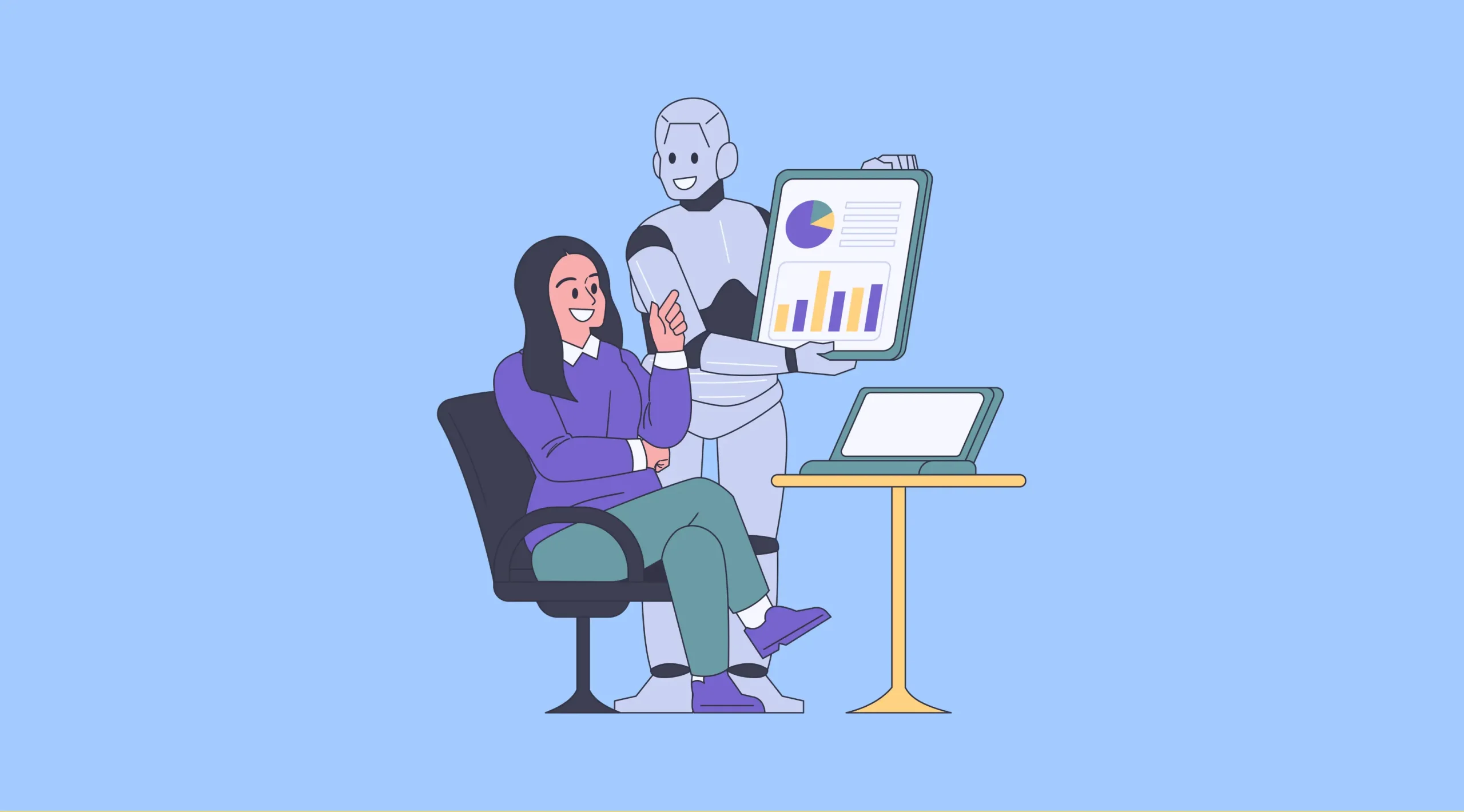
This predictive approach ensures that brands do not wait for cancellations or negative reviews before acting. Instead, they anticipate consumer behavior and build interventions into the retention strategy. The result is not just higher customer lifetime value but also stronger brand loyalty.
Post-sales engagement is no longer limited to answering calls or sending generic thank-you emails. With AI for B2C, businesses can automate support through intelligent chatbots, understand consumer emotions through advanced sentiment analysis, and secure loyalty through predictive retention programs. Together, these applications ensure that the customer journey does not end at the point of sale but evolves into an ongoing relationship. By prioritizing AI for B2C in post-sales and retention strategies, businesses create a cycle of trust, satisfaction, and loyalty that drives sustainable growth.
AI Technologies Powering B2C
Artificial intelligence has rapidly evolved from a futuristic concept into an essential driver of consumer-facing industries. At the heart of AI for B2C lies a collection of core technologies that enable businesses to create smarter, more personalized, and more efficient experiences for their customers. These technologies form the foundation that allows organizations to process massive volumes of consumer data, extract actionable insights, and deliver tailored interactions across every stage of the customer journey.

Understanding these technologies is crucial because they define not only how AI for B2C operates today but also how it will continue to transform in the future. The three most influential technologies are natural language processing (NLP), computer vision, and predictive and prescriptive analytics. Together, they create a comprehensive toolkit that businesses can apply across retail, finance, healthcare, travel, hospitality, and entertainment to redefine consumer engagement.
Natural Language Processing (NLP)
Natural language is the primary medium through which consumers interact with businesses. Whether it is through emails, chat interfaces, voice commands, or social media posts, language is the bridge that connects customer intent with business action. In the context of AI for B2C, natural language processing (NLP) stands out as one of the most transformative technologies because it allows machines to understand, interpret, and generate human language in ways that feel intuitive and natural. For B2C industries where personalized communication, responsiveness, and reputation are critical, NLP is not merely an enhancement—it is a necessity.
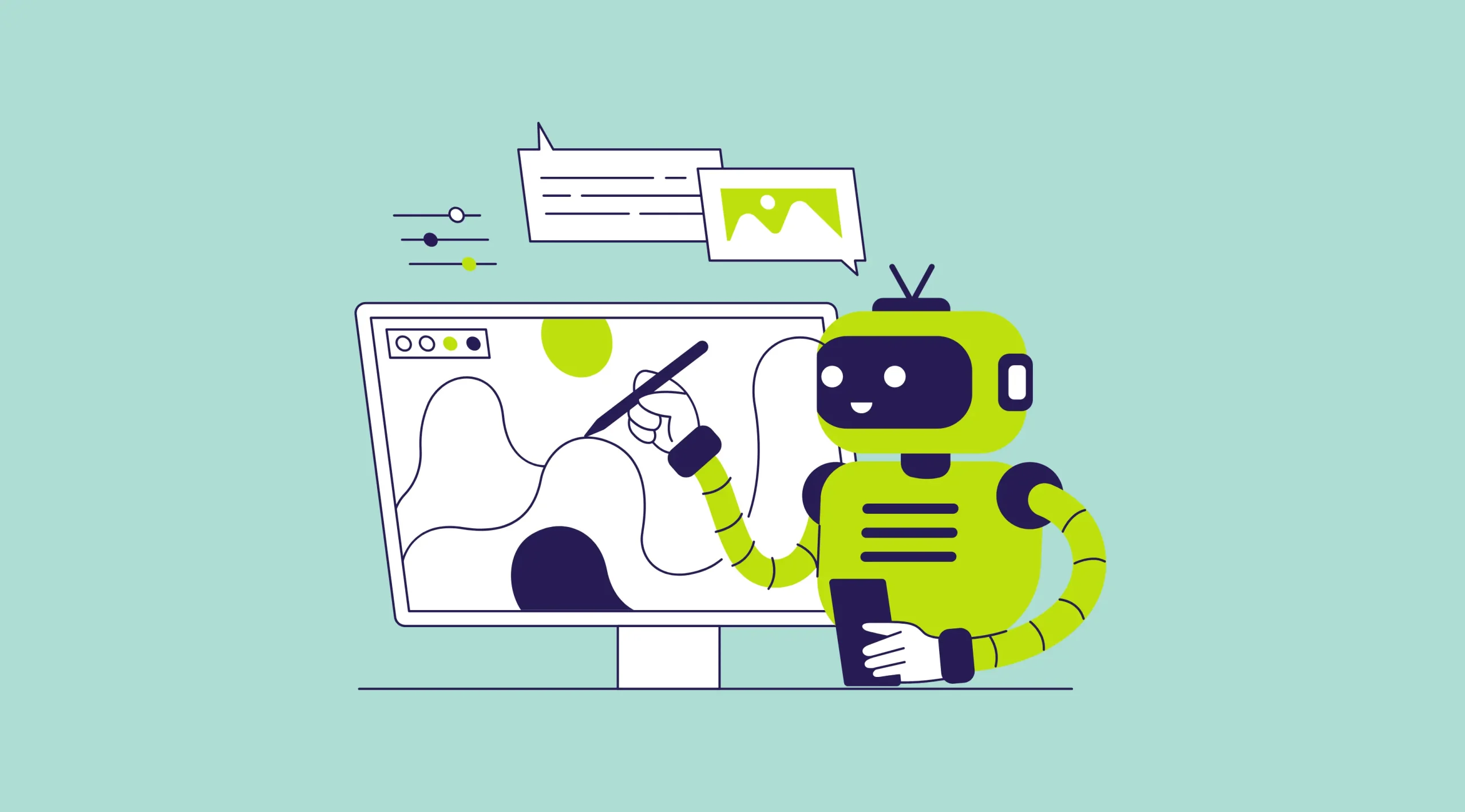
NLP enables consumer-facing businesses to move beyond static communication models and enter an era of conversational engagement. Instead of relying solely on scripted responses or basic keyword matching, AI for B2C systems equipped with NLP can understand context, detect sentiment, translate across languages, and even predict what a consumer is trying to achieve. This creates smoother experiences, reduces friction, and ensures that customers feel heard and valued.
The applications of NLP in AI for B2C can be divided into three major areas: personalized communication and sentiment tracking, chatbots and voice assistants with multilingual support, and social listening combined with reputation management. Each of these areas contributes to shaping consumer experiences that are relevant, empathetic, and effective.
Personalized Communication and Sentiment Tracking
Personalization has always been at the center of consumer engagement, but with NLP, AI for B2C has taken personalization to a level that was previously impossible. Traditional personalization often meant inserting a customer’s name into an email or segmenting audiences based on demographics. Today, NLP allows businesses to analyze consumer behavior, preferences, and language use at scale, enabling real-time adaptation of messages to suit each individual.
For example, an online fashion retailer can analyze product reviews written by customers to detect not only which items are popular but also the emotions attached to those purchases. If a customer writes, “This dress makes me feel confident and stylish,” NLP tools within an AI for B2C framework can extract the positive sentiment and use it to drive future marketing campaigns. Other customers who express similar desires for confidence and style can then receive recommendations highlighting similar products.

Sentiment tracking goes beyond simply labeling text as positive, negative, or neutral. Advanced NLP models in AI for B2C can capture nuanced emotions such as frustration, excitement, confusion, or satisfaction. This gives businesses the ability to respond with empathy and relevance. For instance, if a customer expresses disappointment with late delivery on social media, the system can flag it as urgent and automatically trigger a proactive compensation offer. Conversely, highly satisfied customers can be identified for advocacy programs or loyalty rewards.
The ability of AI for B2C to combine personalized communication with sentiment tracking ensures that customer interactions are not only efficient but also emotionally intelligent. This emotional intelligence is increasingly becoming the differentiator in industries where competition is intense and consumer expectations are rising.
Chatbots, Voice Assistants, and Multilingual Support
Perhaps the most visible application of NLP in AI for B2C is the widespread adoption of chatbots and voice assistants. These tools have fundamentally changed the way consumers seek information, ask questions, and resolve problems. By using NLP, AI for B2C chatbots can understand natural queries, respond conversationally, and guide customers toward solutions without the need for human intervention.
Consider a consumer browsing a telecom website late at night who wants to know about international roaming charges. Instead of waiting for customer service hours, an AI for B2C chatbot can instantly interpret the query, retrieve relevant pricing data, and provide the answer. The chatbot doesn’t just rely on keywords like “roaming” or “charges”; it understands the full intent of the question and responds accordingly.
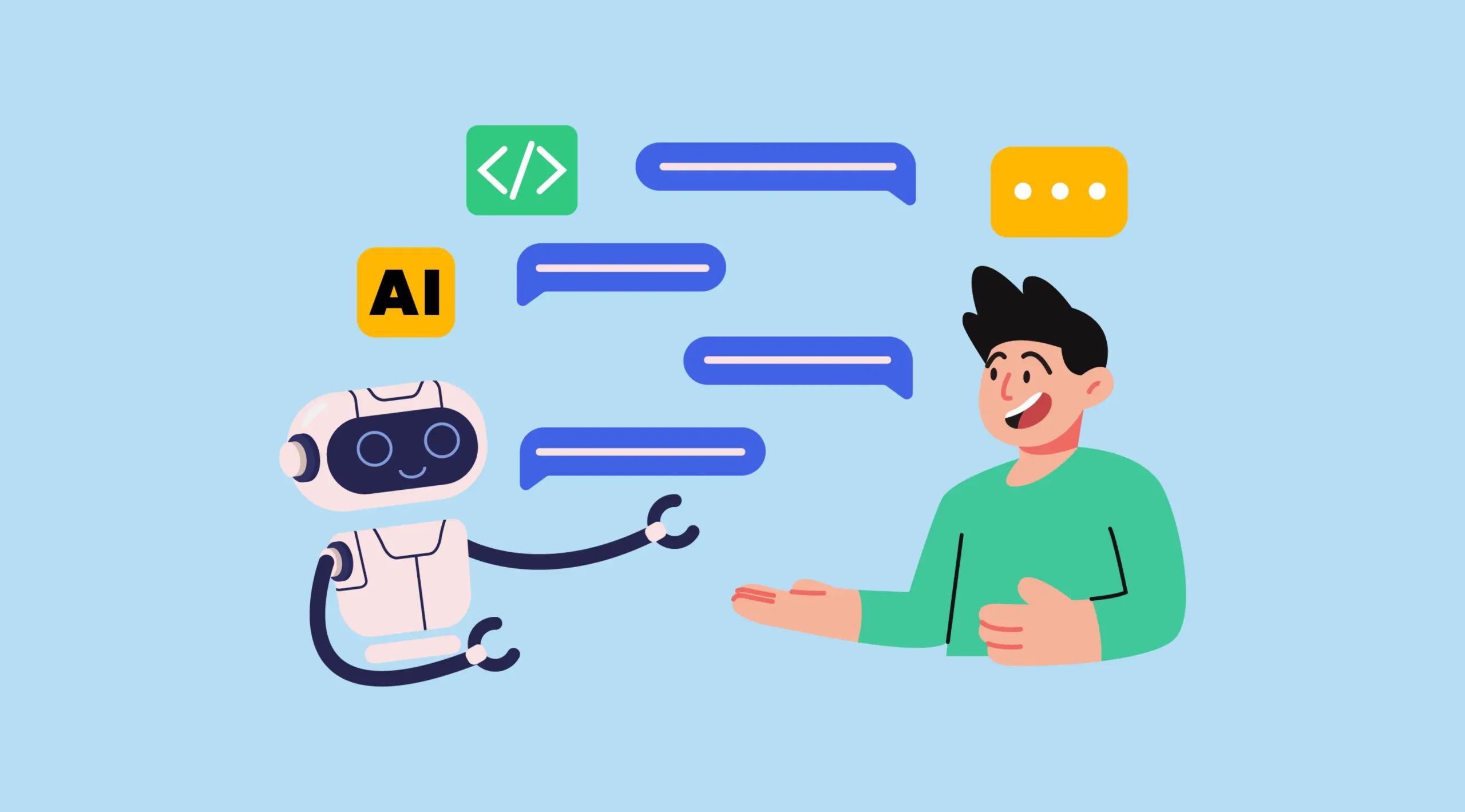
Voice assistants extend this capability into new environments. Devices such as smart speakers and mobile voice assistants have become common tools in households, and AI for B2C leverages these to provide seamless shopping, entertainment, and service experiences. For example, a customer can say, “Order me my usual coffee beans,” and the system, powered by NLP, understands what “usual” means based on purchase history and places the order without further input.
Another critical factor in chatbots and voice assistants is multilingual support. In today’s globalized economy, businesses often serve consumers across multiple languages and cultures. AI for B2C systems with NLP can automatically detect the language of a query and provide accurate, culturally relevant responses. This ensures inclusivity and accessibility, allowing businesses to expand their reach and build trust with diverse customer bases.
Multilingual support also helps reduce friction in customer service scenarios. A Spanish-speaking customer using a U.S.-based eCommerce site does not need to struggle with English forms or FAQs; AI for B2C with multilingual NLP ensures that the entire interaction flows naturally in their preferred language. This creates a more welcoming and personalized environment, directly impacting conversion and retention.
Social Listening and Reputation Management
In the digital age, consumer conversations about brands often take place in public spaces such as social media platforms, review sites, and community forums. Businesses cannot afford to ignore these conversations, as they directly impact reputation and influence purchasing decisions. AI for B2C uses NLP-driven social listening to monitor these channels in real time, extracting insights about consumer sentiment, trending issues, and emerging opportunities.
For instance, a food delivery company can deploy AI for B2C tools that scan thousands of tweets, Facebook posts, and online reviews daily. NLP models can detect recurring complaints such as late deliveries in a specific region or positive feedback about new menu options. Instead of relying on manual monitoring, which is slow and incomplete, AI for B2C enables businesses to capture a complete picture of public opinion.

Reputation management goes beyond monitoring. AI for B2C systems can recommend and even automate responses that align with brand tone and values. If a customer posts negatively about a product defect, the system can generate an empathetic apology and propose a solution such as replacement or refund. On the other hand, when influencers or loyal customers praise the brand, AI for B2C can flag these mentions for amplification through marketing campaigns.
NLP-driven social listening also helps identify emerging trends before they become mainstream. By analyzing the language consumers use to describe needs, frustrations, or desires, businesses can adjust product development and marketing strategies accordingly. For example, if a significant number of consumers start mentioning “sustainable packaging” in relation to a beverage brand, AI for B2C systems can alert the company to prioritize eco-friendly packaging initiatives. This proactive approach ensures that brands stay aligned with consumer values and expectations.
Computer Vision
Among the most transformative technologies shaping AI for B2C is computer vision. At its core, computer vision allows machines to see, interpret, and act upon visual data such as images and videos. In consumer-facing industries where aesthetics, design, and product appearance are central to purchasing decisions, computer vision has become indispensable. From visual product searches in eCommerce to style recognition in fashion and beauty, and from quality assurance to fraud detection, computer vision empowers businesses to connect with consumers in ways that are both intuitive and immersive.

What sets computer vision apart in AI for B2C is its ability to reduce the gap between human perception and digital interaction. Consumers often make decisions based on what they see rather than what they read. By enabling AI systems to understand visuals just like people do, businesses can deliver seamless experiences that match the way customers naturally engage with products and services.
Visual Search in eCommerce
Visual search is one of the most practical and popular applications of computer vision in AI for B2C. Unlike traditional keyword-based searches, which require consumers to describe what they want in words, visual search allows users to upload an image and find visually similar products instantly. This eliminates the need for clumsy descriptions and makes the discovery process far more efficient.
For example, a shopper who sees a pair of sneakers on the street can snap a photo, upload it to an eCommerce platform, and instantly receive suggestions for the same or similar models. AI for B2C enables the system to recognize not just the object but also its attributes—color, texture, brand logo, and design style. This precision increases the likelihood of matching consumer intent and drives higher conversions.
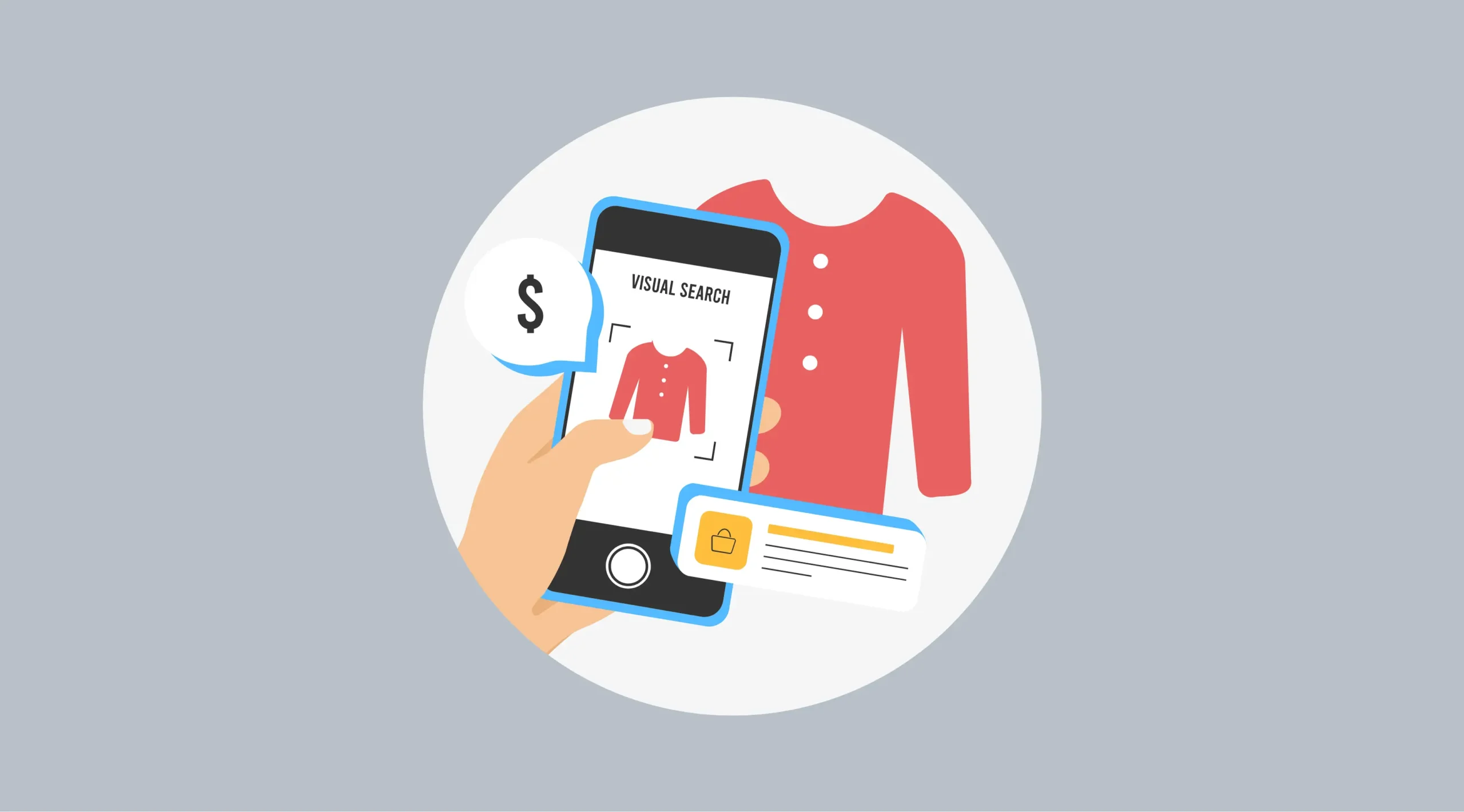
Visual search powered by AI for B2C is particularly valuable in industries where consumers may not know the exact product name or model. Home décor, fashion, and furniture platforms are adopting this feature to help customers find products that match inspiration images from social media, magazines, or real-life encounters. In doing so, AI for B2C reduces the barrier between inspiration and purchase, shortening the buying journey dramatically.
Beyond convenience, visual search enhances personalization. The data gathered from a consumer’s image searches can be integrated into broader recommendation engines, allowing AI for B2C systems to refine suggestions for future interactions. If a shopper consistently uploads images of minimalist furniture, the platform can highlight new arrivals or special offers in that category. This continuous loop of visual preference learning makes shopping more engaging and efficient.
AI in Fashion and Beauty (Style Recognition, Makeup Try-On)
Few sectors showcase the power of computer vision in AI for B2C as vividly as fashion and beauty. Here, purchasing decisions are driven heavily by appearance, style, and personal fit. Computer vision technologies are enabling immersive experiences that go beyond browsing catalogs and into interactive product exploration.
- Style Recognition: Fashion retailers use computer vision in AI for B2C to recognize patterns, colors, and clothing styles. By analyzing photos uploaded by users or scanning social media content, AI systems can recommend outfits that align with personal style preferences. For example, if a user frequently shares images of bohemian fashion, AI for B2C can suggest similar dresses, accessories, or shoes that match the aesthetic. This creates a shopping experience that feels curated and unique. Style recognition also helps retailers optimize inventory. By analyzing which styles are trending across online platforms, businesses can anticipate demand and adjust production or stocking strategies. This not only reduces waste but also ensures that customers find the latest styles they are most likely to purchase.
- Makeup Try-On: In the beauty industry, virtual try-ons have become one of the most innovative applications of computer vision in AI for B2C. Consumers can use smartphone cameras or in-store digital mirrors to see how different shades of lipstick, foundation, or eyeshadow look on their own faces in real time. The AI system maps facial features accurately and applies digital simulations of makeup products, creating a realistic preview. This capability addresses one of the biggest challenges in beauty retail: uncertainty. Shoppers no longer need to guess whether a shade will suit their skin tone or whether a particular eyeliner style will complement their face. With AI for B2C, they can experiment virtually, boosting confidence in purchase decisions and reducing product returns. Leading global beauty brands have integrated AI-powered try-on experiences into their apps, websites, and physical stores. These systems not only delight customers but also generate valuable data about preferences, which can be used to refine product recommendations and future product development. For instance, if data reveals that a large number of users try bold lipstick shades virtually but purchase nude shades, brands can adjust their marketing to encourage conversion or launch hybrid collections.
Quality Assurance and Fraud Detection
While consumer engagement often takes the spotlight, AI for B2C also plays a vital role behind the scenes in ensuring product quality and safety. Computer vision enables automated quality assurance by inspecting products at scale with a level of precision that surpasses human inspectors.
- Quality Assurance: In manufacturing and retail supply chains, computer vision systems can scan products for defects, inconsistencies, or damage. For example, a food company can use AI for B2C solutions to detect packaging flaws, mislabeling, or contamination in real time. Similarly, clothing retailers can deploy automated inspection systems to identify stitching errors, fabric tears, or color mismatches before items reach consumers. This automation not only saves costs but also protects brand reputation by ensuring that only high-quality products are sold. Moreover, the data collected during inspections can feed back into production processes, helping manufacturers identify recurring issues and improve efficiency over time.
- Fraud Detection: Another critical application of computer vision in AI for B2C is fraud detection. In industries like banking, payments, and insurance, visual data verification is essential to prevent fraudulent activities. AI-powered systems can authenticate user identities by analyzing biometric features such as facial recognition, ensuring secure transactions. For instance, mobile banking apps often use face ID verification powered by computer vision to confirm that the account holder is the one performing the transaction. eCommerce platforms also leverage AI for B2C to detect fraudulent product listings or counterfeit goods. By analyzing product images uploaded by sellers, computer vision systems can flag items that do not match official brand catalogs. This protects both consumers from low-quality or fake products and brands from reputational damage. Fraud detection through computer vision is becoming more sophisticated, combining real-time monitoring with predictive analytics to stop fraudulent activities before they impact consumers. This adds a layer of trust to the consumer journey, reinforcing loyalty and confidence in the brand.
Computer vision has emerged as one of the most impactful technologies powering AI for B2C. It bridges the gap between human visual perception and digital intelligence, allowing businesses to create experiences that are intuitive, immersive, and secure. Visual search in eCommerce makes product discovery effortless and accelerates conversions.

Style recognition and makeup try-ons in fashion and beauty deliver interactive, confidence-boosting experiences that reduce uncertainty and drive sales. Quality assurance and fraud detection ensure that customers receive safe, authentic, and high-quality products while protecting businesses from losses and reputational risks.
Predictive & Prescriptive Analytics
Among the most powerful capabilities within AI for B2C are predictive and prescriptive analytics. While predictive analytics focuses on forecasting future consumer behavior based on historical and real-time data, prescriptive analytics goes one step further by recommending actions businesses should take to achieve the best outcomes. Together, they transform raw consumer data into actionable insights that drive growth, efficiency, and loyalty.
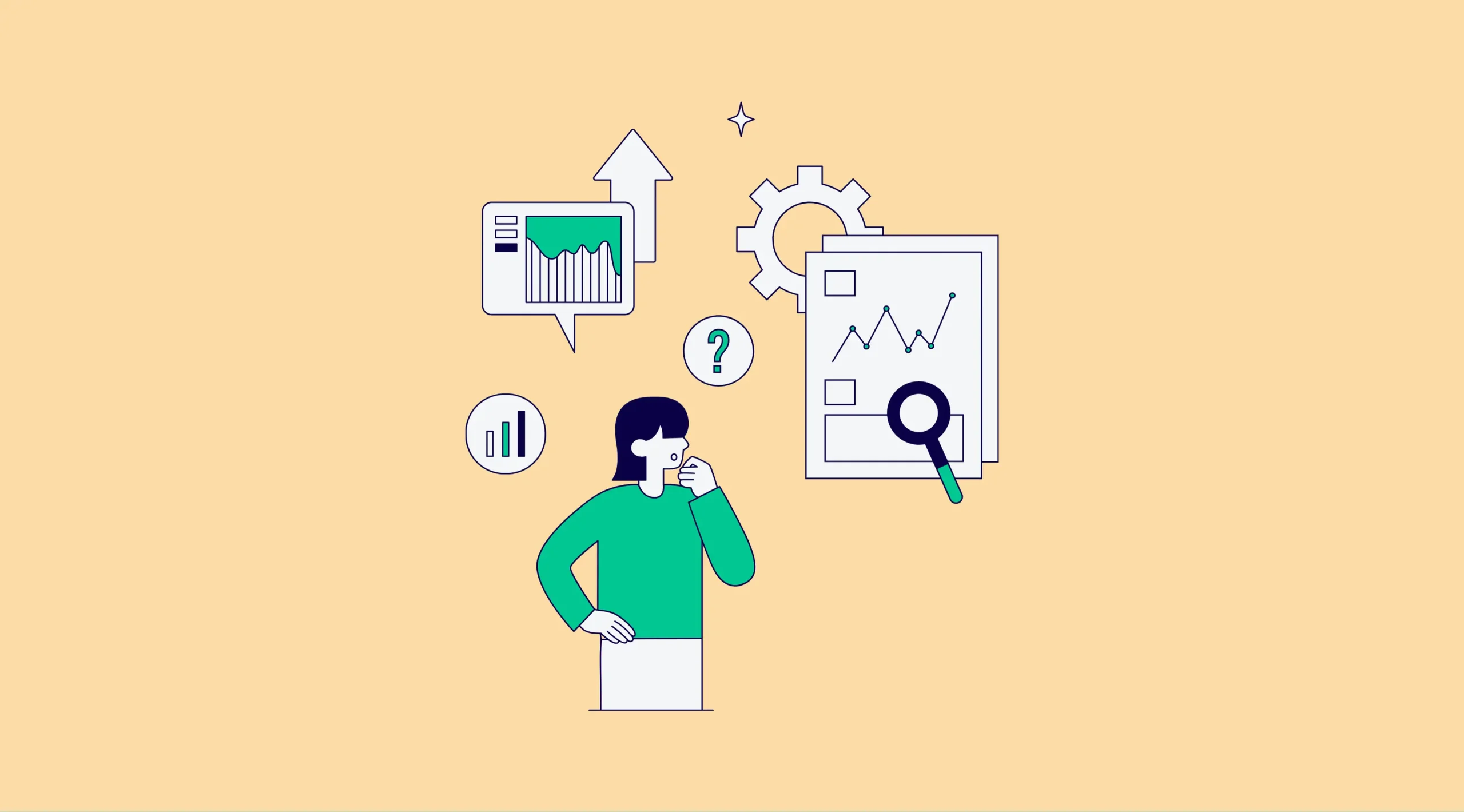
In consumer-facing industries where decisions must be made quickly and often in real time, predictive and prescriptive analytics provide the intelligence required to anticipate needs, optimize operations, and personalize services. For businesses adopting AI for B2C, these analytics tools are not just optional—they are central to staying competitive in an environment where consumer expectations are constantly rising.
Forecasting Consumer Demand
Demand forecasting has always been a cornerstone of retail and consumer goods industries, but traditional forecasting methods relied heavily on static historical data and seasonal assumptions. AI for B2C elevates forecasting by integrating diverse data sources—such as browsing behavior, purchase history, social media trends, weather conditions, and even global events—to predict consumer demand with far greater accuracy.
For example, a grocery delivery platform can use AI for B2C predictive models to forecast spikes in demand for specific products ahead of holidays, sporting events, or unexpected weather changes. If a snowstorm is approaching, the system can predict increased demand for essentials like milk, bread, and heating supplies, enabling the company to stock accordingly.

Fashion retailers also benefit from AI for B2C demand forecasting by analyzing real-time social media chatter and influencer content to predict which styles will trend in the coming weeks. Instead of overproducing generic collections, brands can design and stock items that directly match emerging consumer interests. This not only boosts sales but also reduces waste—a growing concern among environmentally conscious shoppers.
The strength of predictive analytics in AI for B2C lies in its ability to provide granular forecasts. Rather than predicting demand at a category level, businesses can forecast demand down to individual SKUs, regions, or even specific customer segments. This precision ensures that the right products are available at the right time, directly influencing conversion rates and customer satisfaction.
Dynamic Inventory and Supply Chain Optimization
Inventory management and supply chain optimization are critical challenges in consumer-facing businesses. Overstocking ties up capital and increases storage costs, while understocking leads to lost sales and customer dissatisfaction. AI for B2C addresses this challenge by combining predictive and prescriptive analytics to optimize inventory and streamline supply chain operations dynamically.
Predictive models can identify when and where demand will occur, while prescriptive systems recommend the best ways to allocate stock and manage logistics. For example, a global eCommerce retailer can use AI for B2C to forecast a surge in demand for electronics in one region while detecting declining demand in another. The system can then recommend transferring inventory across warehouses to balance supply, reduce delivery times, and minimize shipping costs.

Dynamic supply chain optimization is not limited to inventory allocation. AI for B2C can optimize supplier selection, transportation routes, and replenishment schedules in real time. By factoring in variables like supplier reliability, fuel prices, and geopolitical risks, businesses can ensure smooth operations even under unpredictable conditions.
Consider a fast-fashion retailer that needs to move quickly from design to store shelves. AI for B2C predictive analytics can anticipate which items will be popular, while prescriptive analytics can suggest the fastest, most cost-effective supply routes. This agility enables the retailer to respond to changing trends almost instantly, gaining a competitive edge.
Another important benefit of AI for B2C in supply chain optimization is sustainability. By minimizing excess stock and optimizing transportation, companies can significantly reduce their carbon footprint. This not only improves operational efficiency but also resonates with environmentally conscious consumers who prefer to support brands with sustainable practices.
Personal Financial Advice and Retail Banking
In financial services, predictive and prescriptive analytics powered by AI for B2C are redefining how banks and fintech companies interact with consumers. Traditional banking often relied on generic financial advice and static risk assessments. Today, AI for B2C enables institutions to deliver personalized, real-time financial guidance that is aligned with each customer’s unique situation.
- Predictive Analytics in Retail Banking: Banks can use AI for B2C predictive models to anticipate customer needs such as loan applications, savings plans, or investment opportunities. For example, if a customer’s transaction history shows frequent payments to a university, the system may predict a need for student loan options or education savings accounts. If the same customer starts receiving regular payroll deposits, AI for B2C can recommend credit cards, mortgages, or investment products at just the right moment. Fraud detection is another vital application. Predictive analytics can analyze transaction patterns in real time to identify anomalies that suggest fraudulent activity. This not only protects consumers but also builds trust in financial institutions.
- Prescriptive Analytics for Personal Finance: Prescriptive analytics takes the next step by offering actionable financial advice. For example, AI for B2C systems can recommend optimal savings strategies, investment portfolios, or spending adjustments based on individual goals. A customer saving for a house may receive suggestions on cutting discretionary expenses, while another planning for retirement could be guided toward long-term investment products. Robo-advisors powered by AI for B2C use predictive and prescriptive analytics to deliver investment advice previously accessible only to high-net-worth individuals. These platforms democratize financial planning by offering personalized strategies at scale and at a lower cost, empowering everyday consumers to make smarter financial decisions. Retail banking also benefits from AI for B2C in customer engagement. By predicting life events—such as marriage, moving, or starting a business—banks can offer tailored financial products and advice. Prescriptive analytics ensures that these offers are not just relevant but also timed perfectly, strengthening customer relationships and increasing lifetime value.
The true strength of predictive and prescriptive analytics in AI for B2C lies in their ability to work together. Predictive analytics identifies what is likely to happen, while prescriptive analytics advises what should be done about it. This combination creates a proactive, intelligent system that enhances every aspect of the consumer journey.

In retail, this means not only predicting which products will trend but also recommending how to stock them and at what price to maximize profit. In supply chains, it means forecasting disruptions and prescribing strategies to mitigate risks. In banking, it means predicting customer needs and prescribing tailored financial solutions to meet them.
The result is a shift from reactive to anticipatory business strategies. Instead of waiting for consumer demand to manifest or for problems to arise, businesses using AI for B2C can stay ahead of the curve, ensuring smoother operations and superior customer experiences.
Generative AI for Knowledge Work and Collaboration in B2C
Generative AI has moved beyond experimental prototypes and creative novelties into mainstream business operations, where it is transforming how companies create, deliver, and manage consumer-facing interactions. For businesses in B2C sectors, the ability to produce tailored content, assist customers in real time, and empower employees with AI-driven knowledge systems offers a significant competitive edge. Unlike traditional AI systems that focus primarily on prediction or classification, generative AI creates new content—be it text, visuals, or conversation flows—based on vast training data.
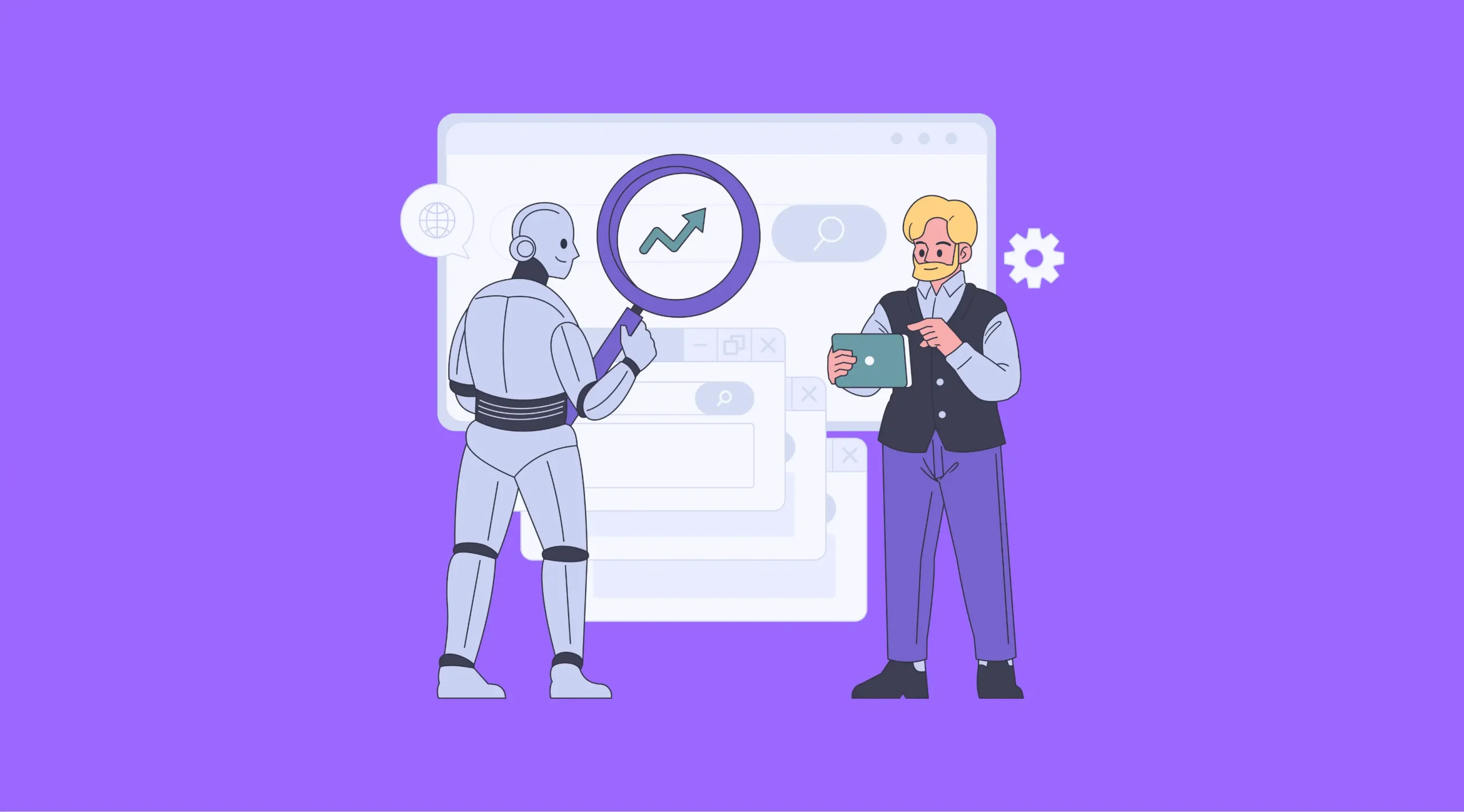
When embedded within B2C ecosystems, generative AI becomes a powerful extension of existing customer experience strategies. It enables marketing teams to design campaigns at scale, customer support units to provide seamless and personalized assistance, and internal teams to collaborate more effectively with intelligent AI copilots. This section explores how AI for B2C leverages generative technologies in three major areas: marketing content generation, customer support and engagement, and internal knowledge and collaboration.
Marketing Content Generation
For B2C companies, marketing is the frontline of consumer interaction, and its effectiveness often determines brand perception, loyalty, and revenue. Traditional content creation processes can be time-consuming, resource-intensive, and limited in their ability to scale.
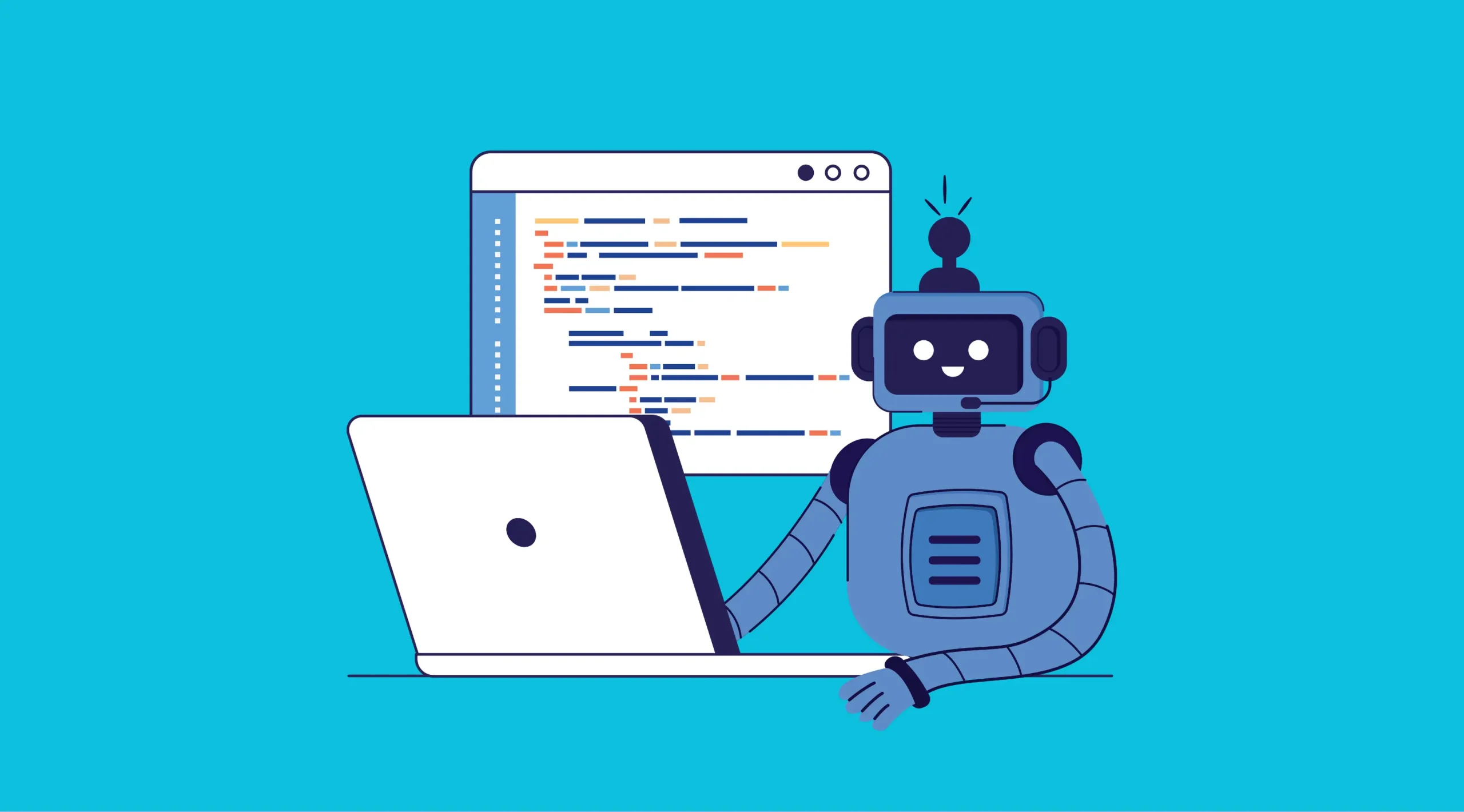
Generative AI changes this by producing content variations, optimizing delivery in real time, and adapting communication to diverse consumer segments. AI for B2C ensures that every campaign feels personal, relevant, and timely, no matter the size of the audience.
AI-Generated Ad Creatives and Automated A/B Testing
Generative AI is increasingly used to create ad copy, imagery, and even video content. By analyzing consumer data, AI models generate variations of headlines, visuals, and calls-to-action that resonate with different audience segments. Instead of relying solely on human intuition, AI for B2C systems can predict which versions of an ad will likely perform best, reducing wasted ad spend.

Automated A/B testing amplifies this efficiency. Traditional A/B testing involves manually creating two or more variations and waiting for sufficient traffic to determine a winner. Generative AI accelerates this by automatically generating numerous variations and running multivariate tests simultaneously. It adapts campaigns dynamically, ensuring that consumers are exposed to the most effective messages in near real time. This iterative learning cycle demonstrates how AI for B2C not only creates but also optimizes content continuously.
Personalized Newsletters and Dynamic Social Media Campaigns
Email newsletters and social campaigns remain essential touchpoints in B2C marketing. Generative AI enables businesses to move beyond generic blasts by crafting individualized newsletters based on each subscriber’s preferences, purchase history, and engagement patterns. For example, an online retailer can send one customer a newsletter highlighting athletic wear and another customer the latest in formal fashion, both generated and delivered automatically by AI.
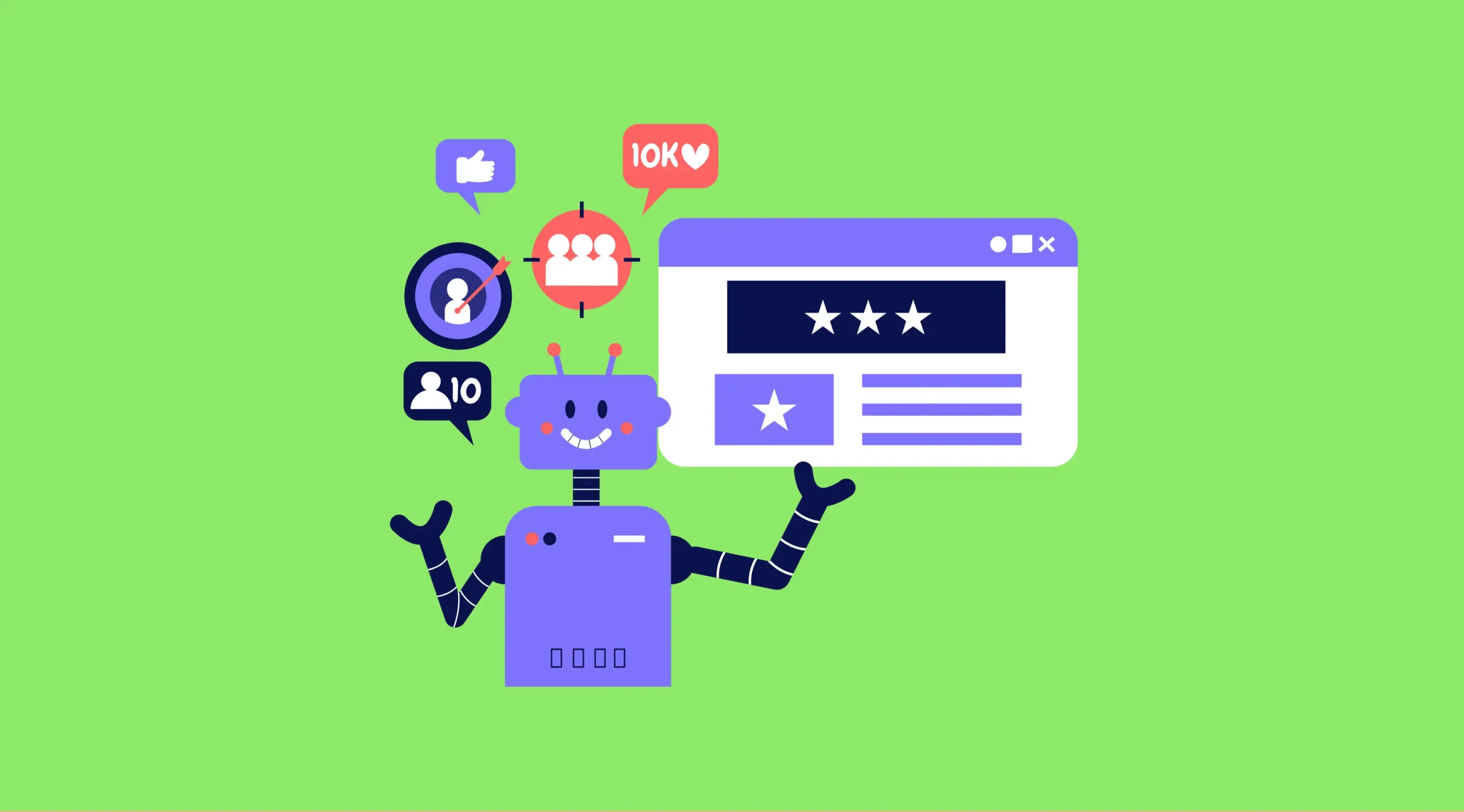
Dynamic social media campaigns further amplify personalization. AI for B2C platforms generate tailored posts, captions, and even short videos for different consumer demographics, all while monitoring engagement to refine future content. These tools empower brands to maintain an active social presence without overwhelming human teams, ensuring responsiveness in fast-moving digital environments.
Industry Applications in Brand Marketing and Consumer Insights
Generative AI also plays a critical role in shaping brand narratives. Large consumer brands use AI for B2C to simulate audience responses to campaigns before launching them publicly, identifying potential risks or negative perceptions early. In consumer insights, generative AI tools analyze reviews, feedback, and social chatter to create summaries and highlight trends, enabling marketing teams to act swiftly.

Industries like fashion, travel, and consumer electronics are particularly active in adopting generative AI for B2C marketing. Fashion retailers use AI to create style guides and lookbooks automatically, while travel companies generate personalized itineraries and promotional content. In consumer electronics, AI for B2C enables dynamic product recommendation videos that explain features in ways tailored to different buyer personas.
Customer Support & Engagement
Customer support has long been a cornerstone of B2C operations, yet many businesses struggle with high query volumes, inconsistent responses, and the costs of maintaining large support teams. Generative AI transforms this area by powering adaptive FAQs, personalizing conversation flows, and providing contextual engagement at scale. AI for B2C ensures that customer interactions are not only efficient but also empathetic and tailored to individual needs.
Generative AI for Adaptive FAQs and Knowledge Bases
Static FAQ pages are often outdated and insufficient to address diverse customer questions. Generative AI allows companies to create adaptive FAQs that evolve in real time based on consumer inquiries. Instead of reading through long pages, customers can type or speak their questions and receive AI-generated answers crafted from the company’s knowledge base.

In retail, for example, a customer asking about return policies may receive a contextualized answer that accounts for their specific purchase history and location. AI for B2C systems ensure accuracy while also adapting language tone and detail to match the customer’s profile, whether they are first-time buyers or loyal repeat customers.
Personalized Conversation Flows and Contextual Engagement
Generative AI also powers chatbots and virtual assistants that go beyond scripted responses. These systems understand context, intent, and even sentiment to create personalized conversation flows. For instance, a customer inquiring about a late delivery may receive not just a status update but also a proactive offer of a discount code or expedited replacement, all generated dynamically.
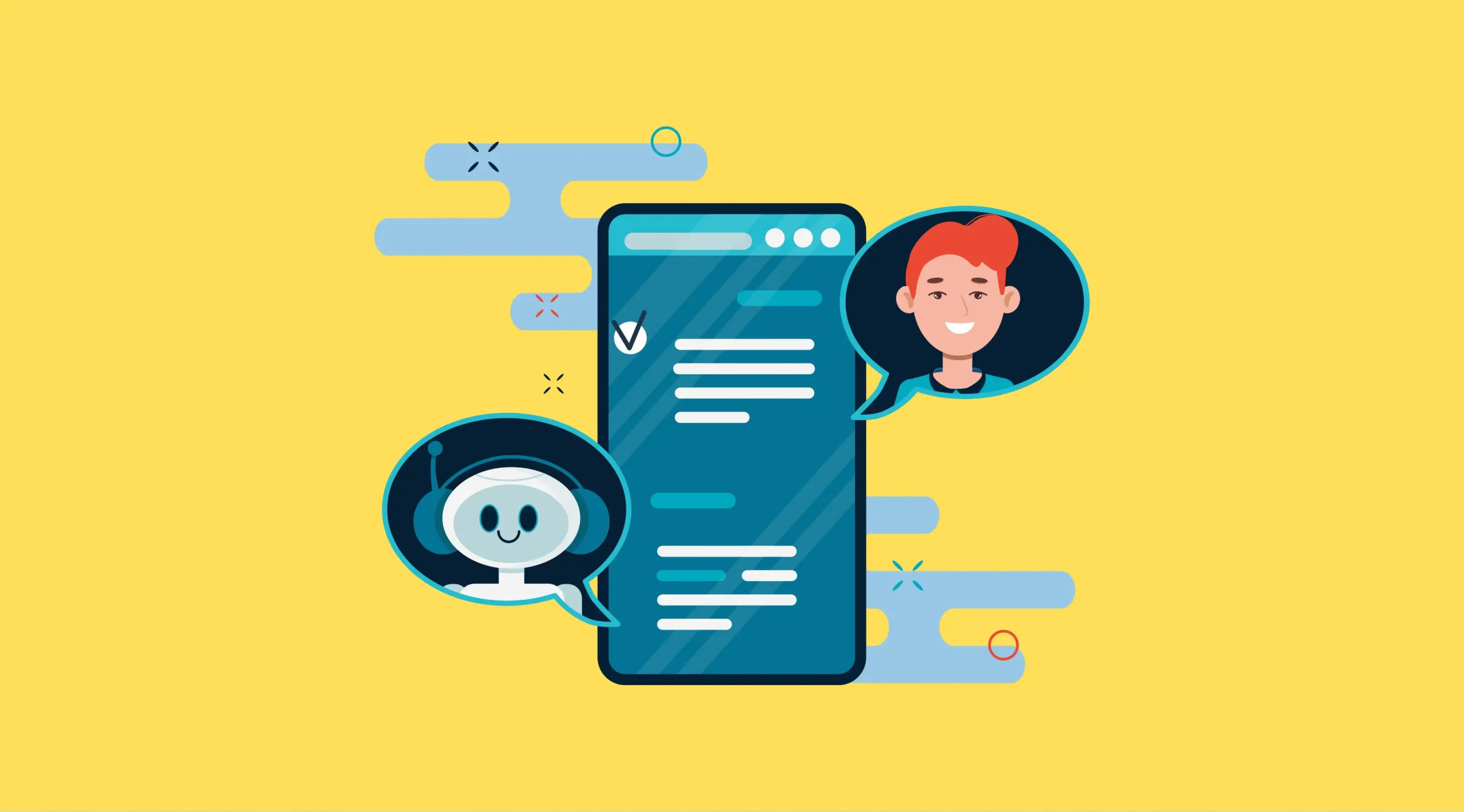
AI for B2C enhances contextual engagement by integrating with CRM systems, pulling relevant customer data into conversations. A telecom customer reporting slow internet speeds, for example, may receive AI-generated troubleshooting steps specific to their service plan and device type. This contextual intelligence makes interactions feel more human and relevant.
Sector Adoption Highlights in Telecom and Retail
Telecom and retail are leading sectors in adopting generative AI for customer support. Telecom companies use AI for B2C to handle high volumes of technical queries, reducing call center load and improving resolution times. Retailers employ generative AI chatbots during peak shopping seasons to handle order tracking, returns, and product recommendations, ensuring that customers receive timely and accurate assistance.
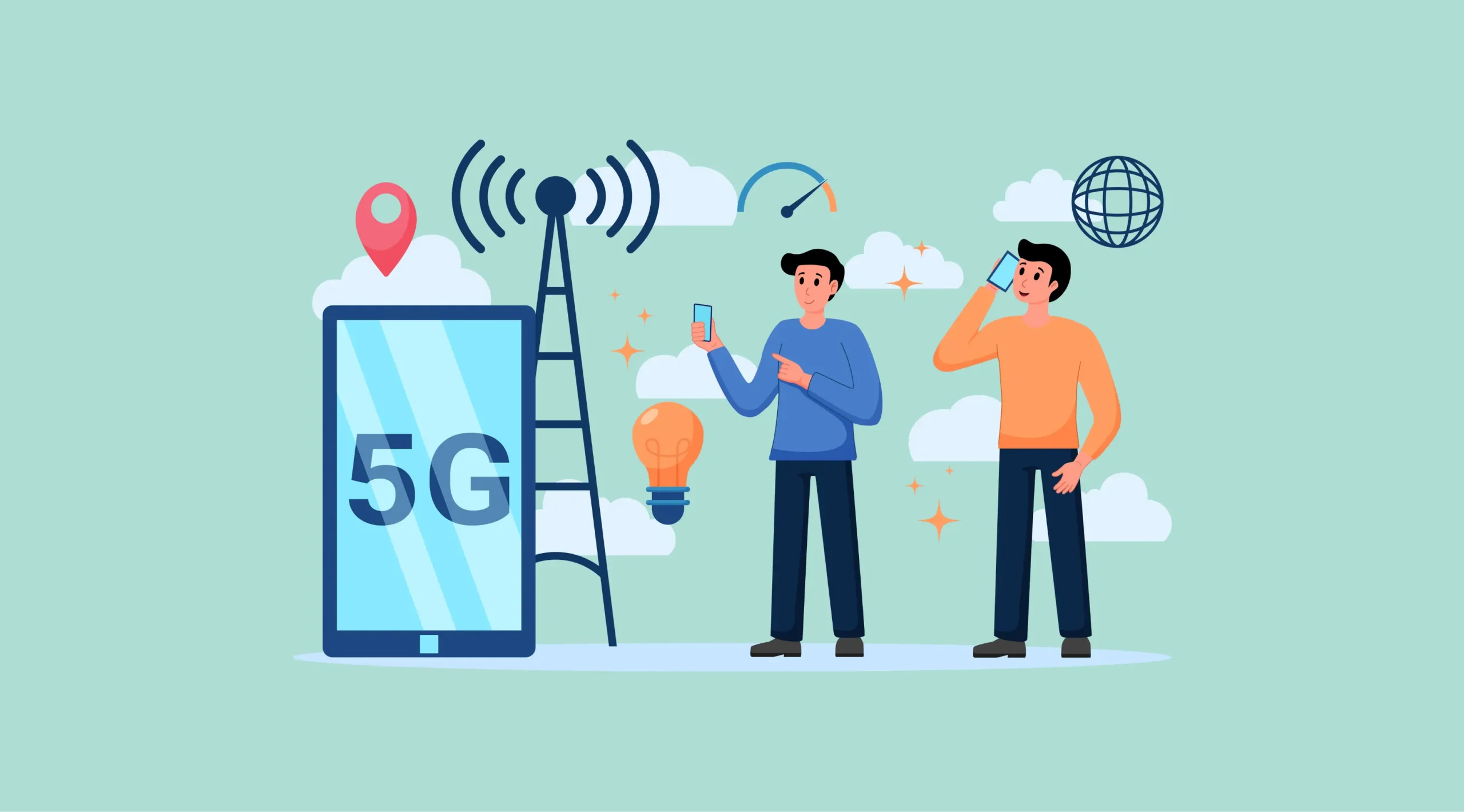
The benefits include reduced operational costs, faster response times, and higher customer satisfaction scores. These outcomes highlight the role of AI for B2C as not just a support tool but a driver of engagement and loyalty.
Internal Knowledge & Collaboration
While most discussions of AI for B2C focus on external interactions with customers, generative AI also plays a vital role internally by empowering employees. Training, onboarding, sales assistance, and knowledge management are areas where generative AI significantly enhances productivity and collaboration. By equipping employees with intelligent copilots, businesses ensure that their teams can deliver better customer experiences.
AI for Training and Onboarding Customer-Facing Staff
Training customer-facing staff has traditionally been time-consuming and resource-intensive. Generative AI streamlines onboarding by creating personalized training modules tailored to each employee’s role, experience, and learning style. New hires in retail, for example, may receive AI-generated scenario-based training simulations that prepare them for common customer interactions.

AI for B2C also ensures that training content stays up to date by automatically incorporating policy changes, product updates, or regulatory requirements into learning modules. This adaptability reduces the lag between business updates and employee readiness, ensuring that frontline staff are always equipped to serve customers effectively.
Real-Time AI Assistants Supporting Sales and Service Agents
Generative AI serves as a real-time assistant for sales and service teams. During customer calls or chats, AI can provide agents with suggested responses, upselling recommendations, or troubleshooting steps based on live conversation analysis. This reduces response times and ensures consistency across interactions.
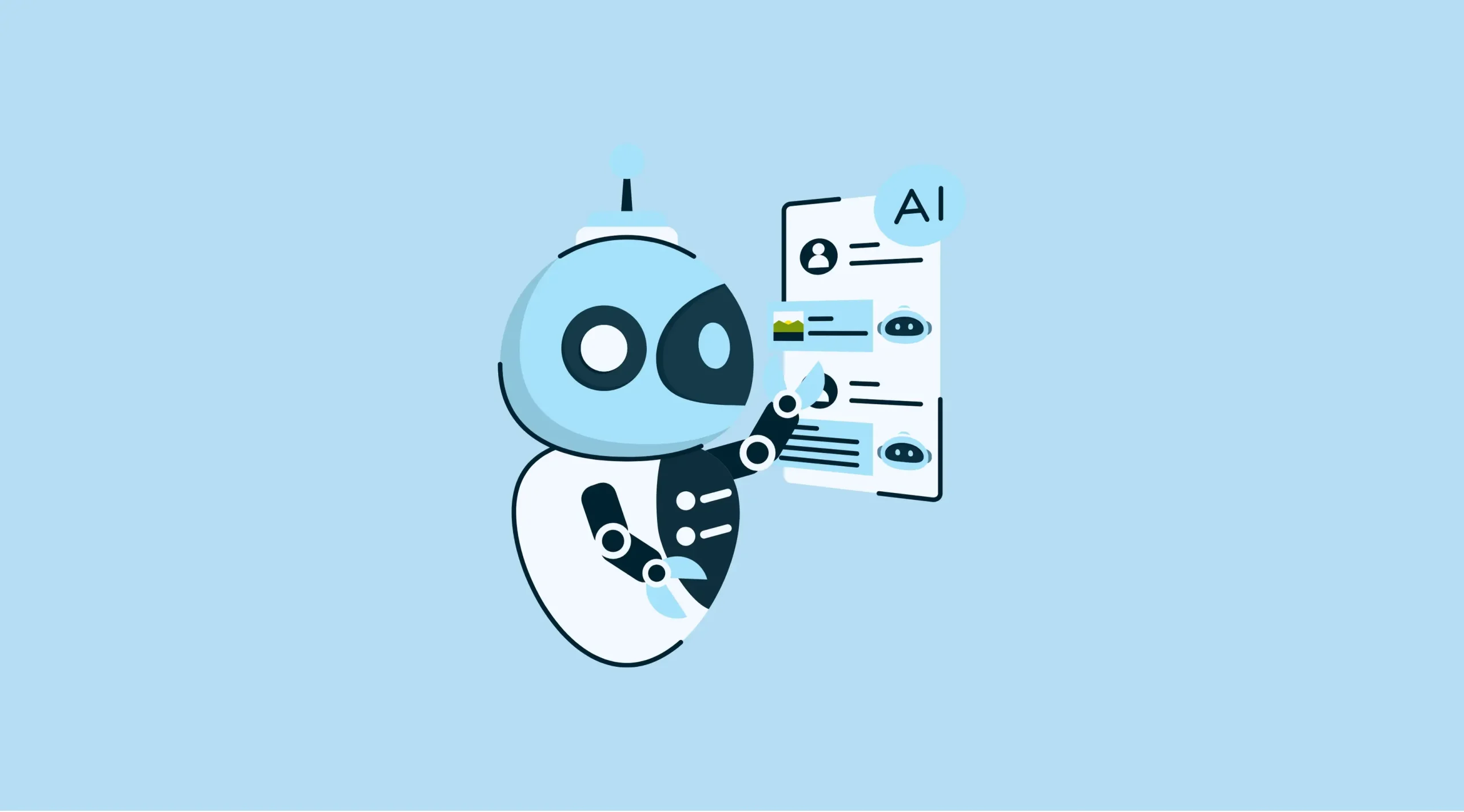
In sectors like banking or e-commerce, where accuracy and compliance are critical, AI for B2C copilots help agents maintain professionalism while reducing cognitive load. Agents can focus on empathy and relationship-building, while the AI handles knowledge retrieval and response drafting.
AI as an Intelligent Co-Pilot Within CRM and Knowledge Systems
Generative AI integrates seamlessly into CRM systems, turning them into intelligent hubs for collaboration. Instead of manually searching through large databases, employees can query the system in natural language and receive summarized, context-aware insights. For instance, a sales manager may ask, “What are the top three reasons for customer churn last quarter?” and receive a precise, AI-generated summary backed by data.
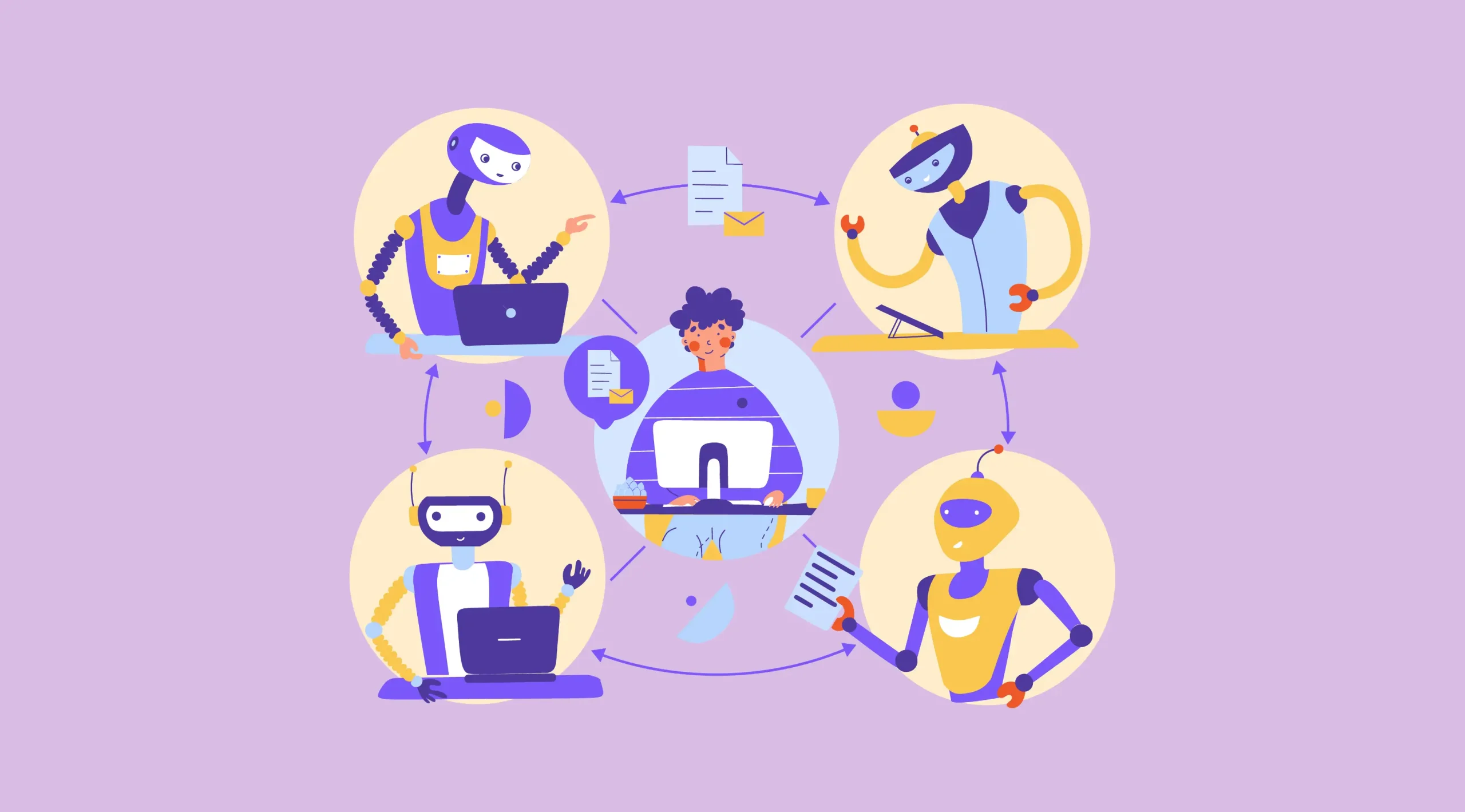
This intelligent co-pilot function extends to cross-department collaboration. Marketing, sales, and support teams can access unified AI-driven knowledge, ensuring consistency in consumer messaging and service delivery. AI for B2C here is not just about external-facing improvements but also about empowering internal teams to work smarter, faster, and more cohesively.
Conclusion
Part 1 of AI for B2C establishes the foundation of consumer intelligence—linking conceptual clarity, applied strategy, and enabling technologies into one cohesive picture. It demonstrates that AI success doesn’t start with tools; it starts with understanding. Ethical deployment, data integrity, and technological synergy allow businesses to connect insights with customer emotion, transforming data into value and loyalty.
Still, this is only the beginning. Part 2: Real Examples of AI in B2C illustrates how leading enterprises apply these principles to achieve measurable results, while Part 3: Generative AI and Future Outlook expands the perspective toward scaling, governance, and the next decade of consumer engagement. Together, these three parts form a complete roadmap—helping businesses move from foundation to transformation in their AI for B2C journey.


